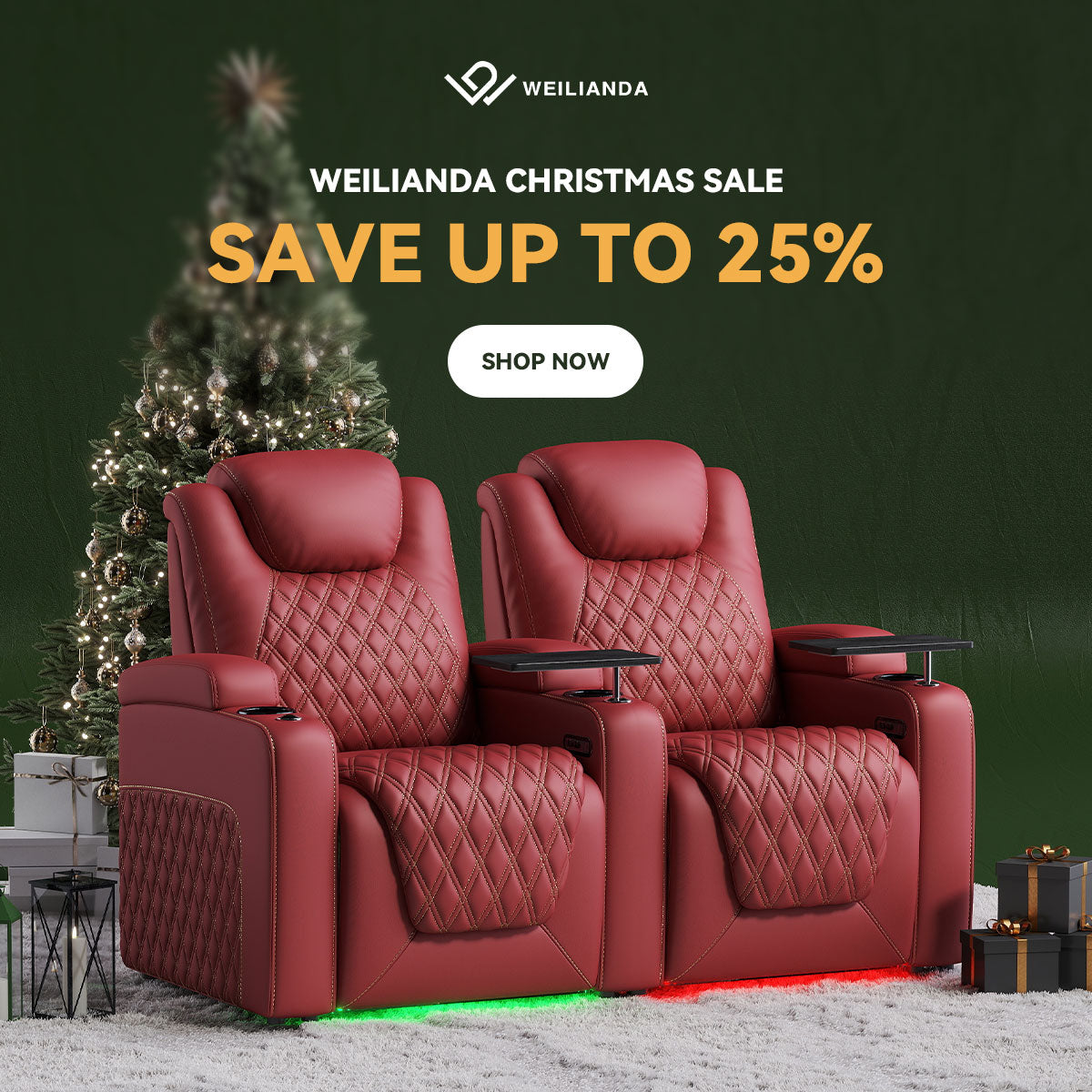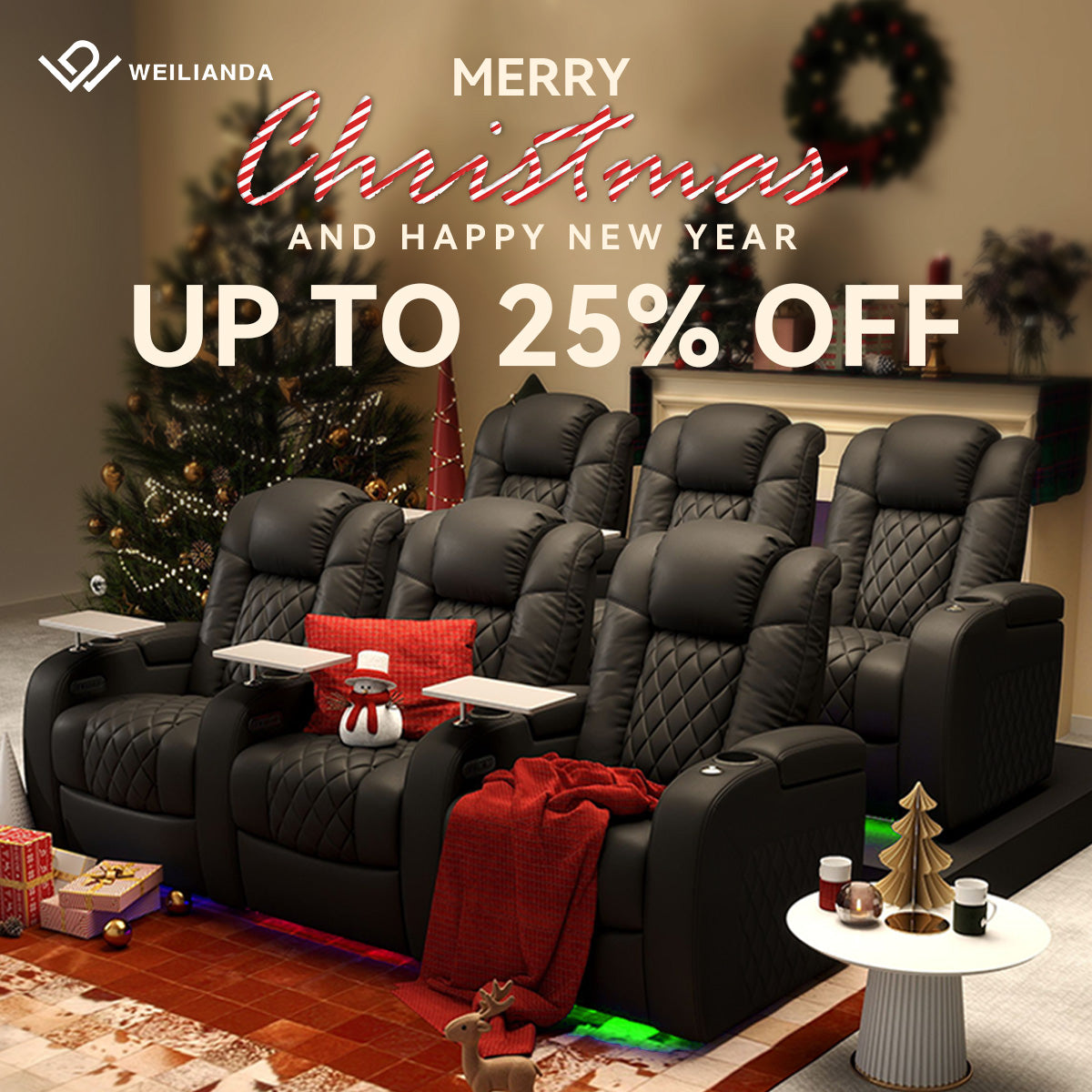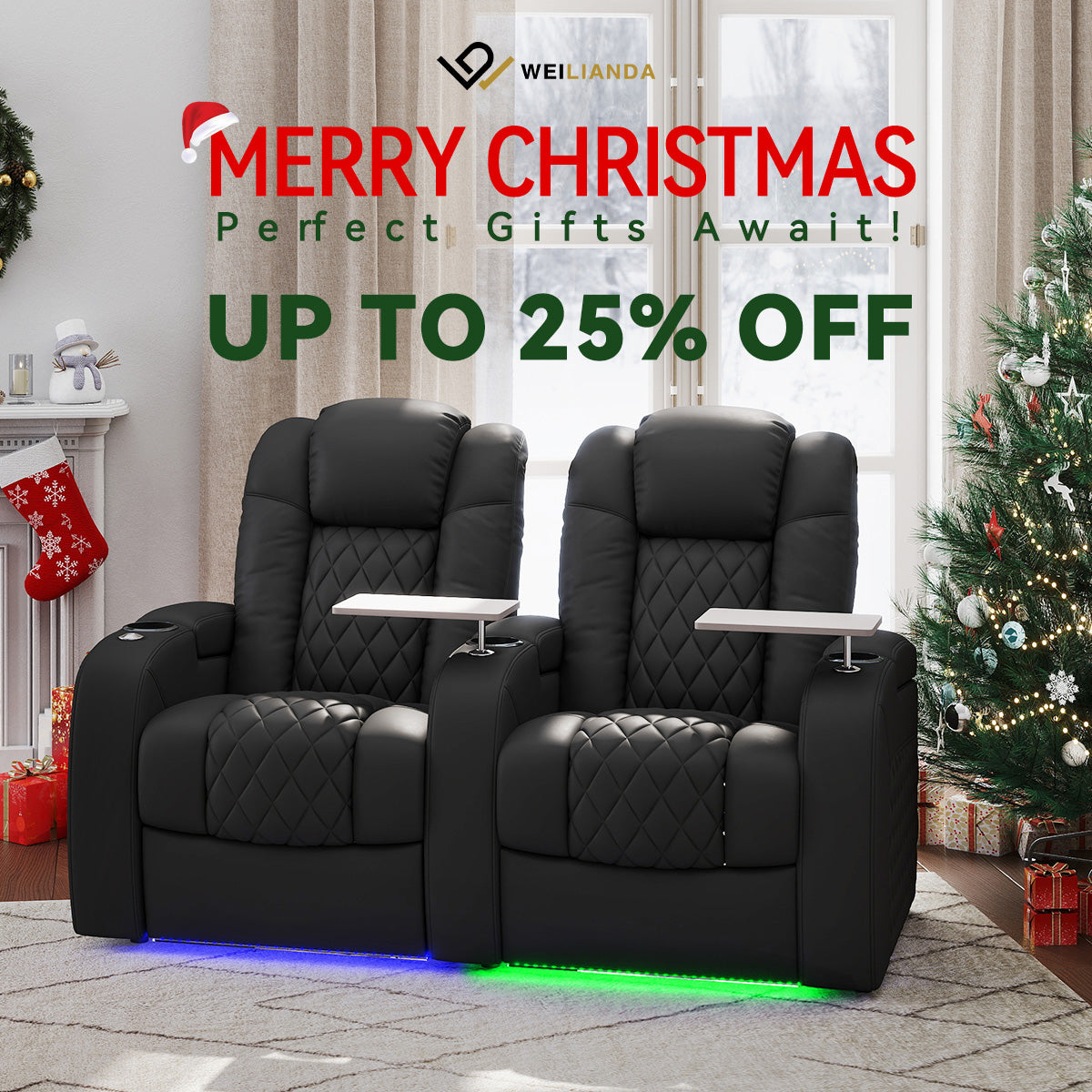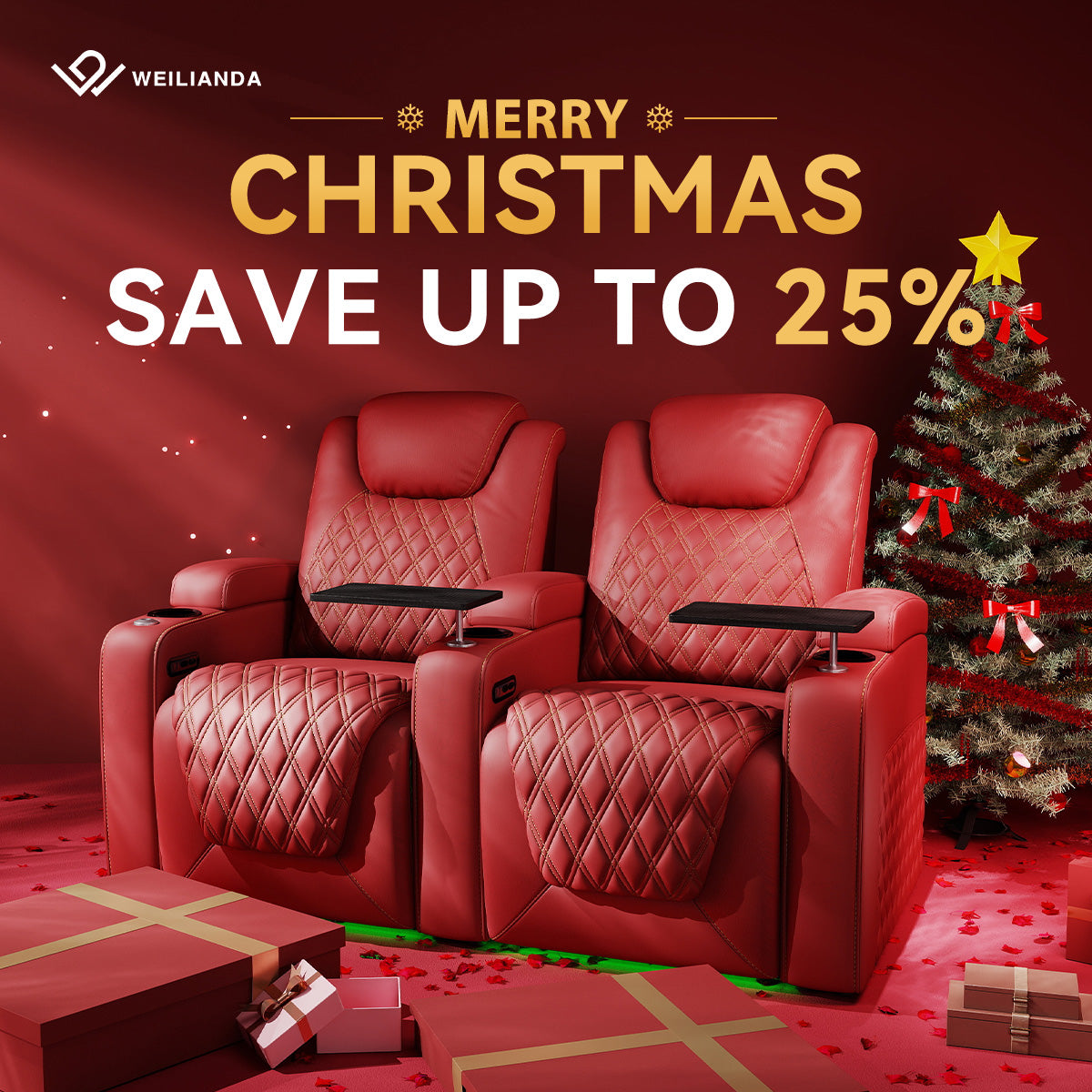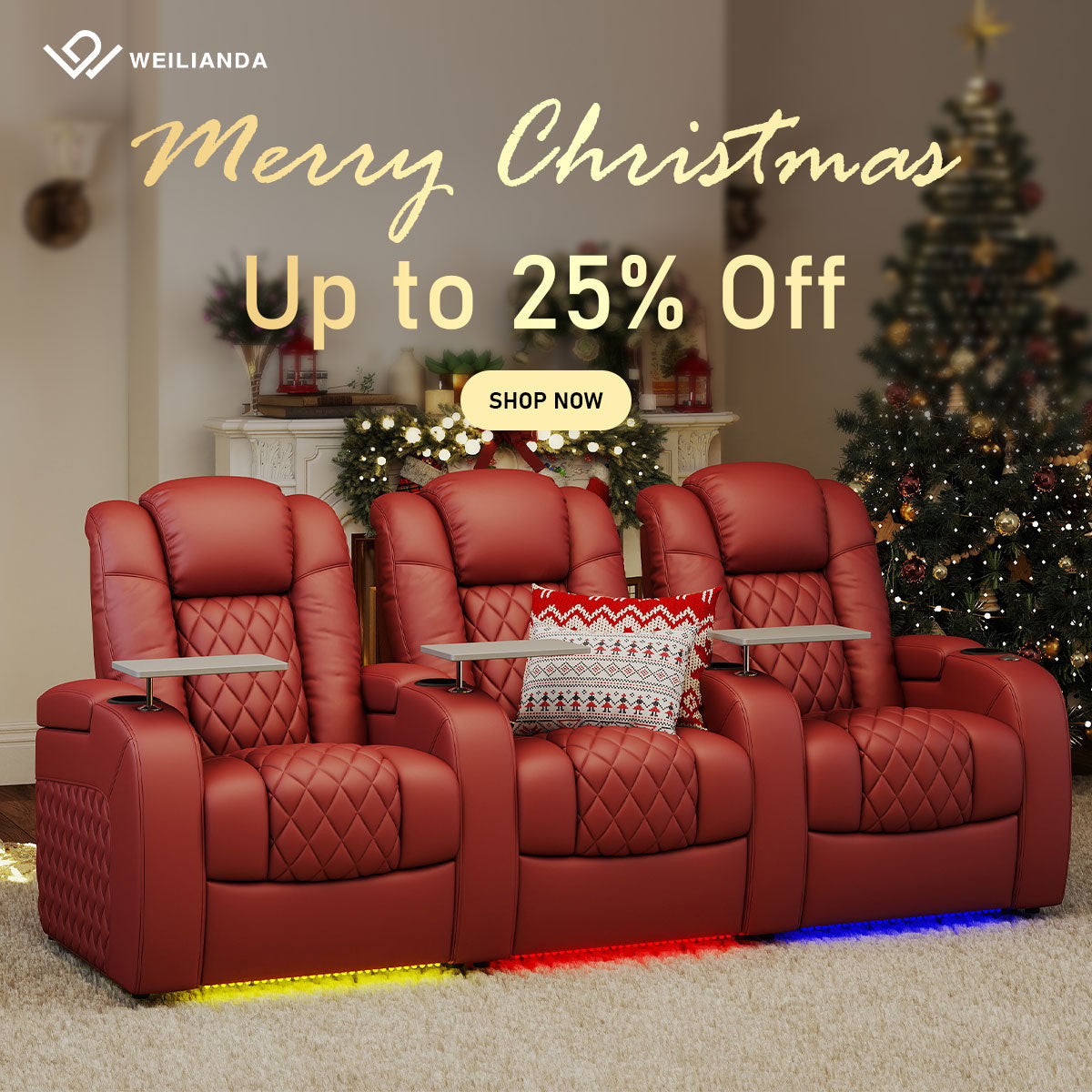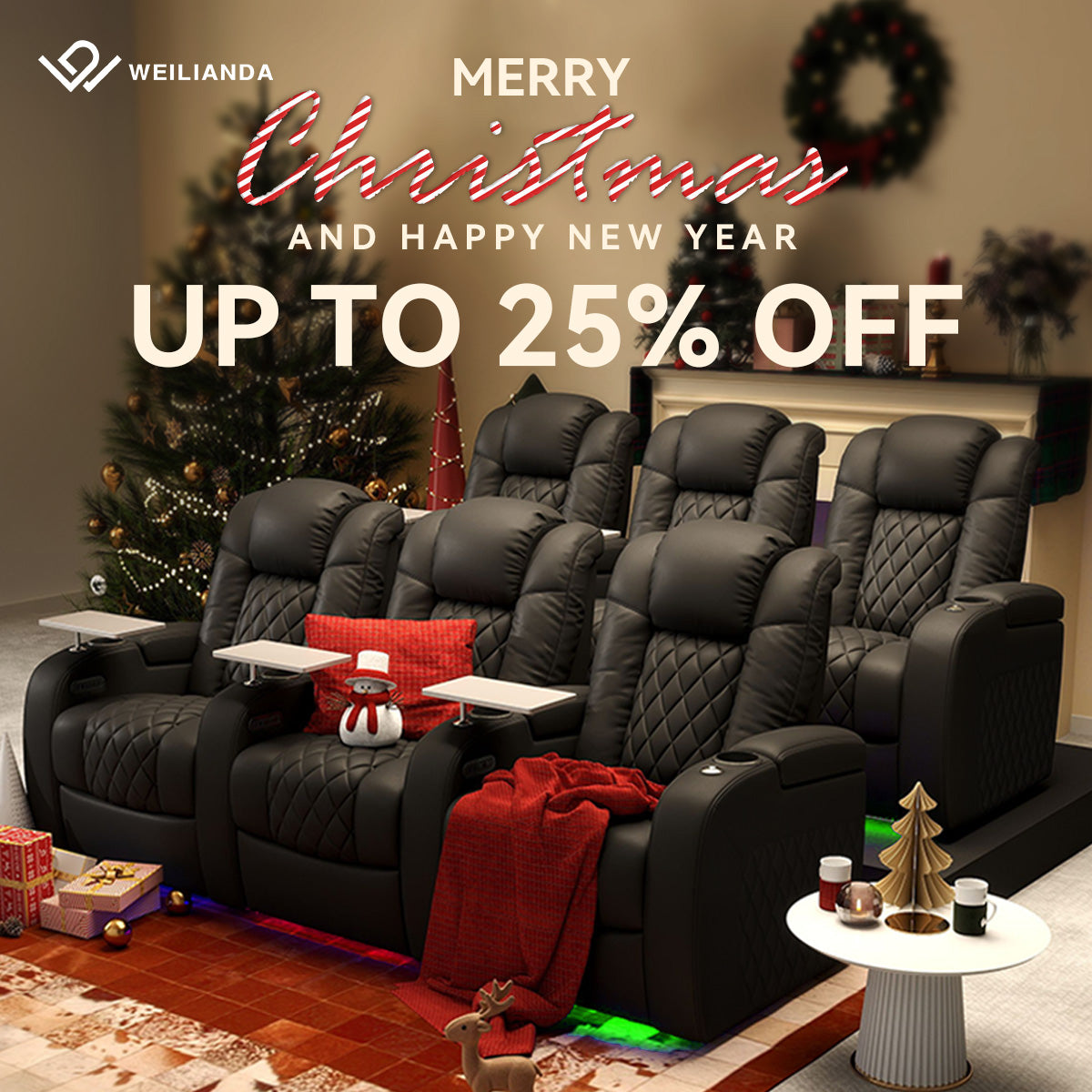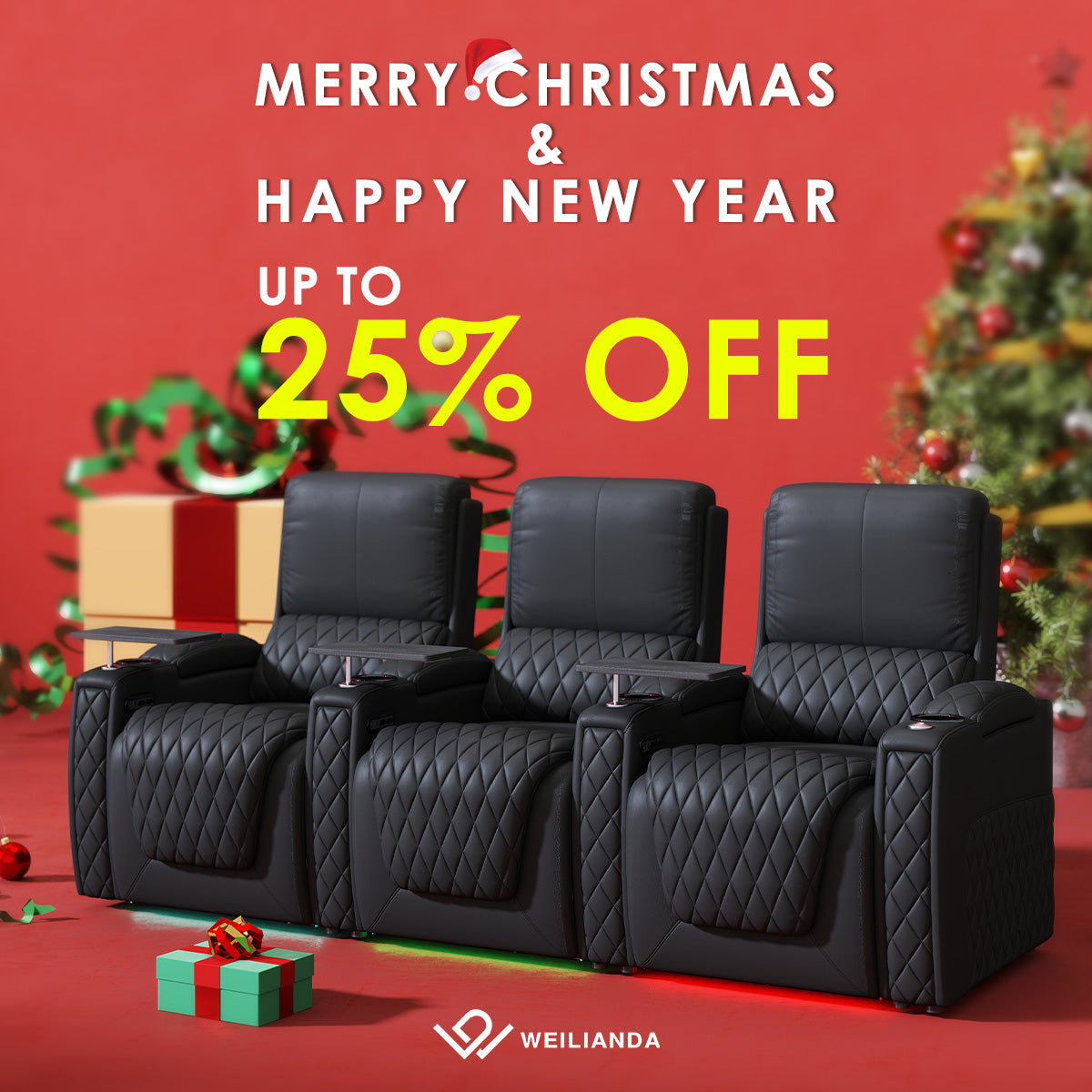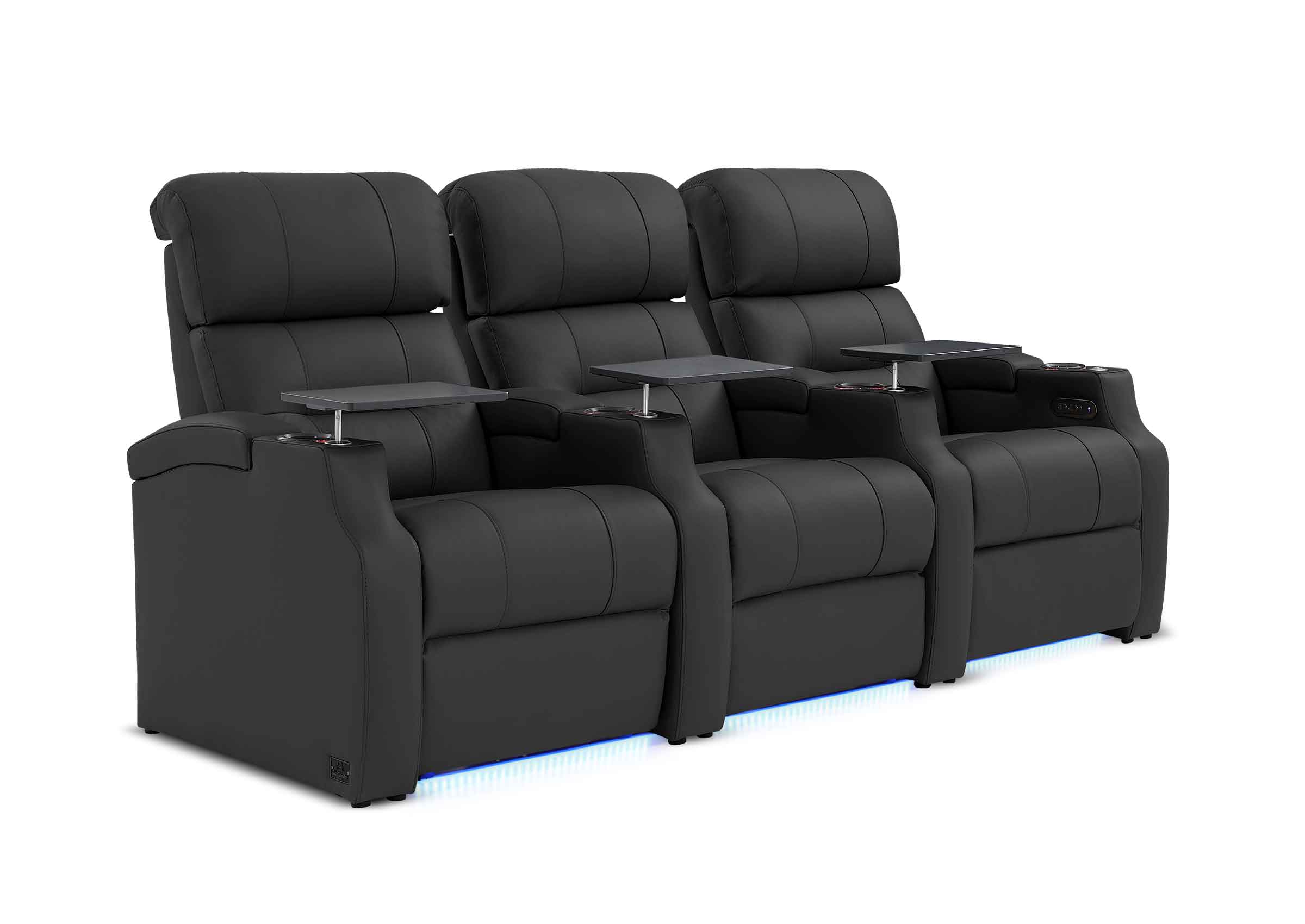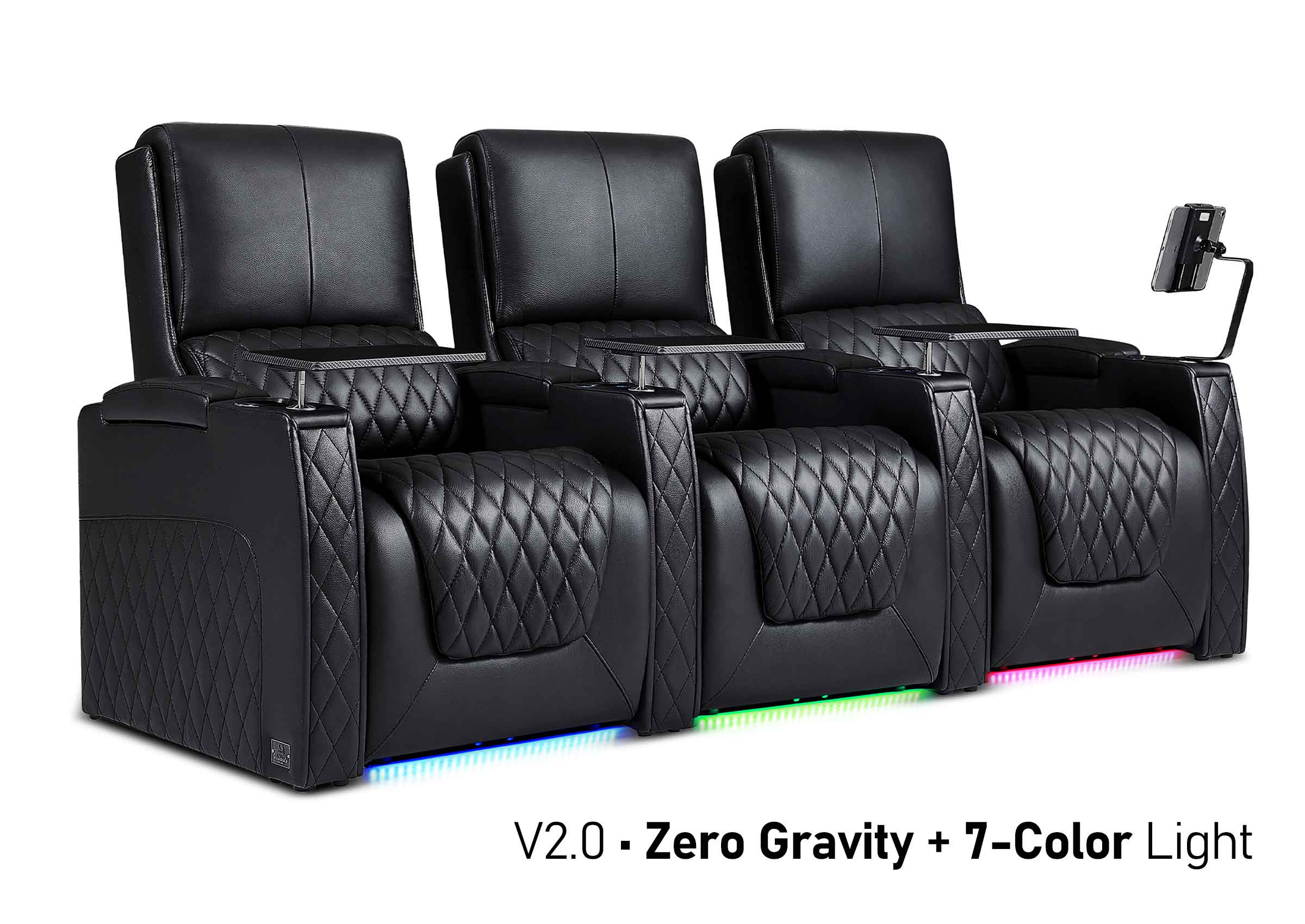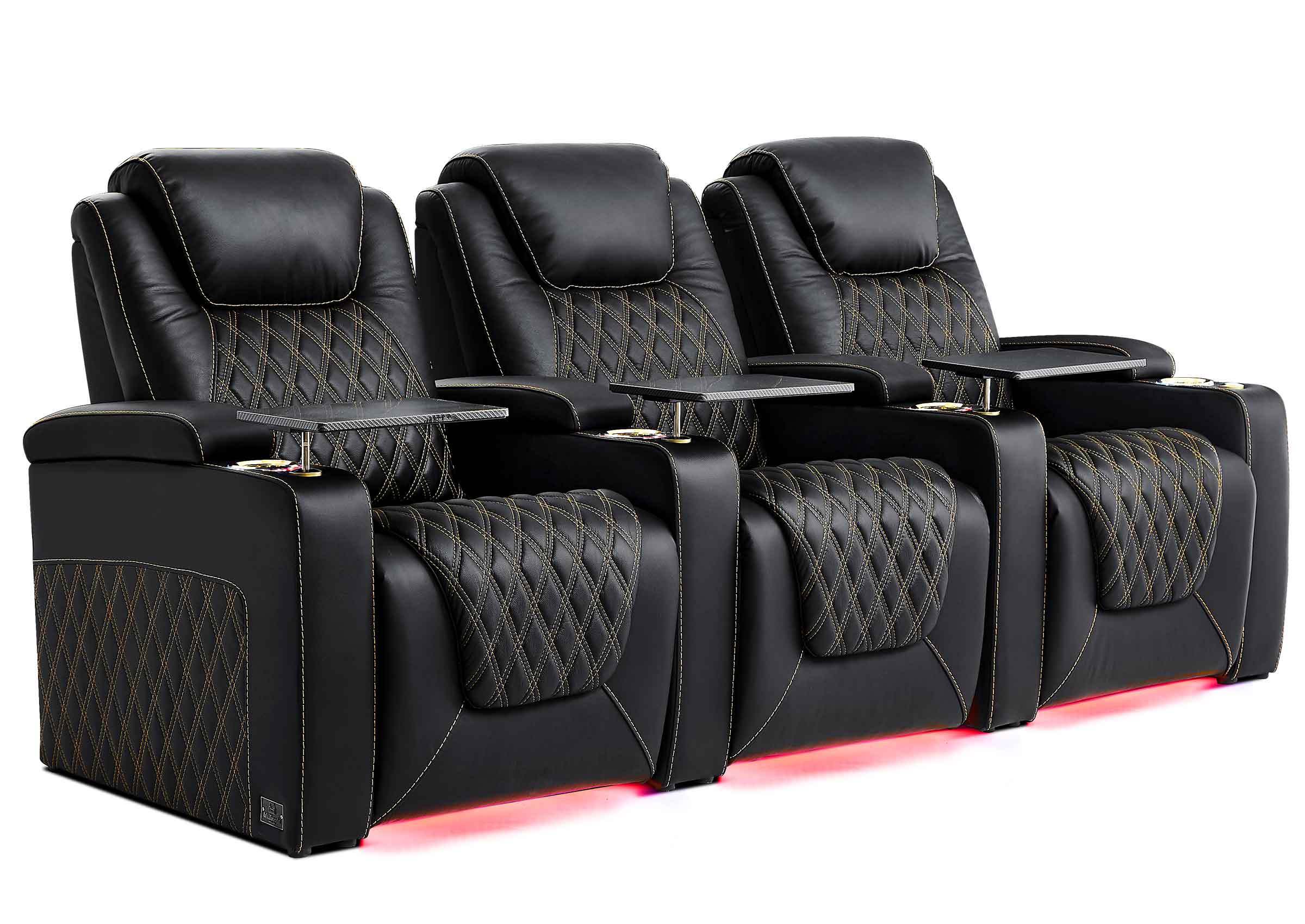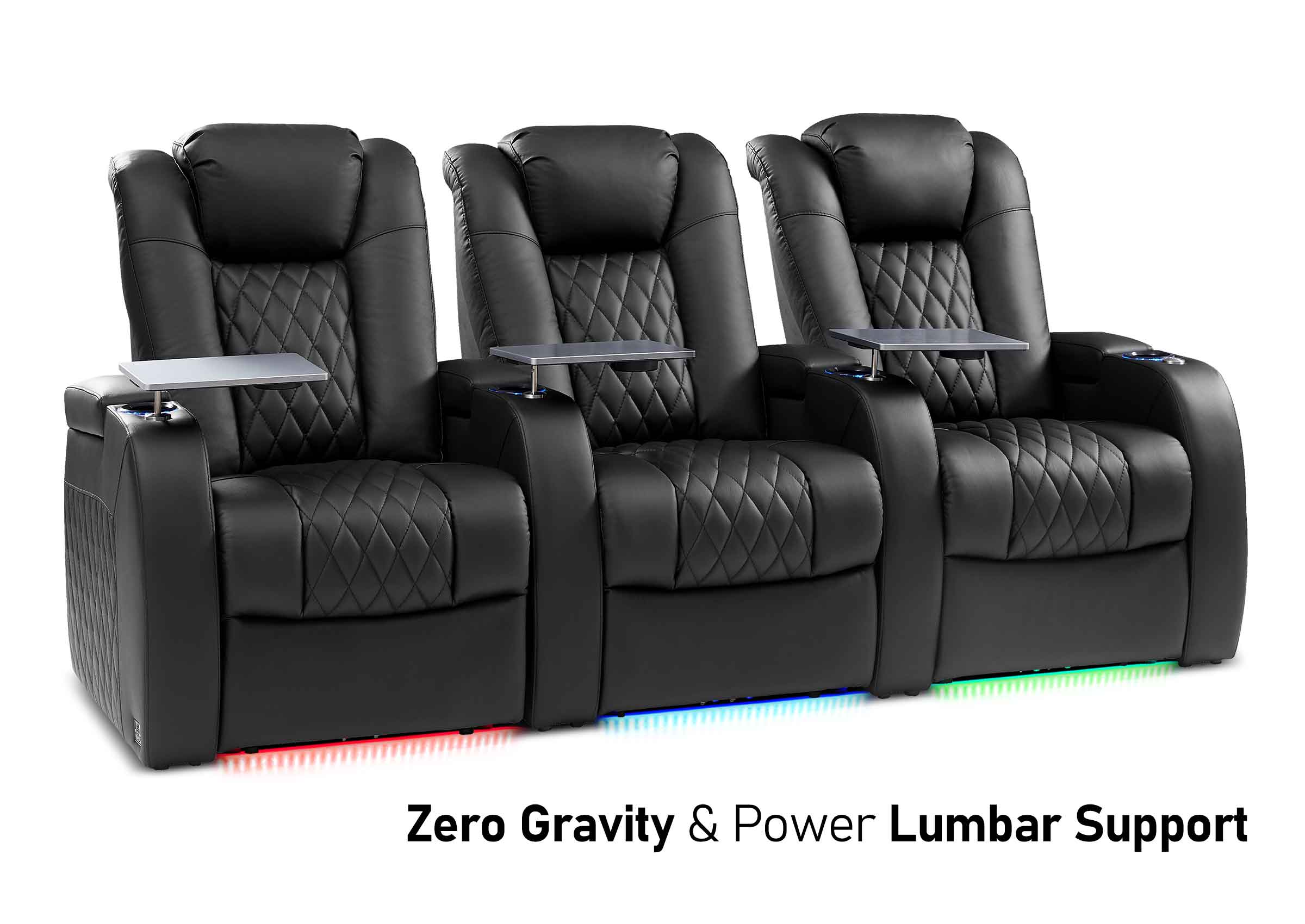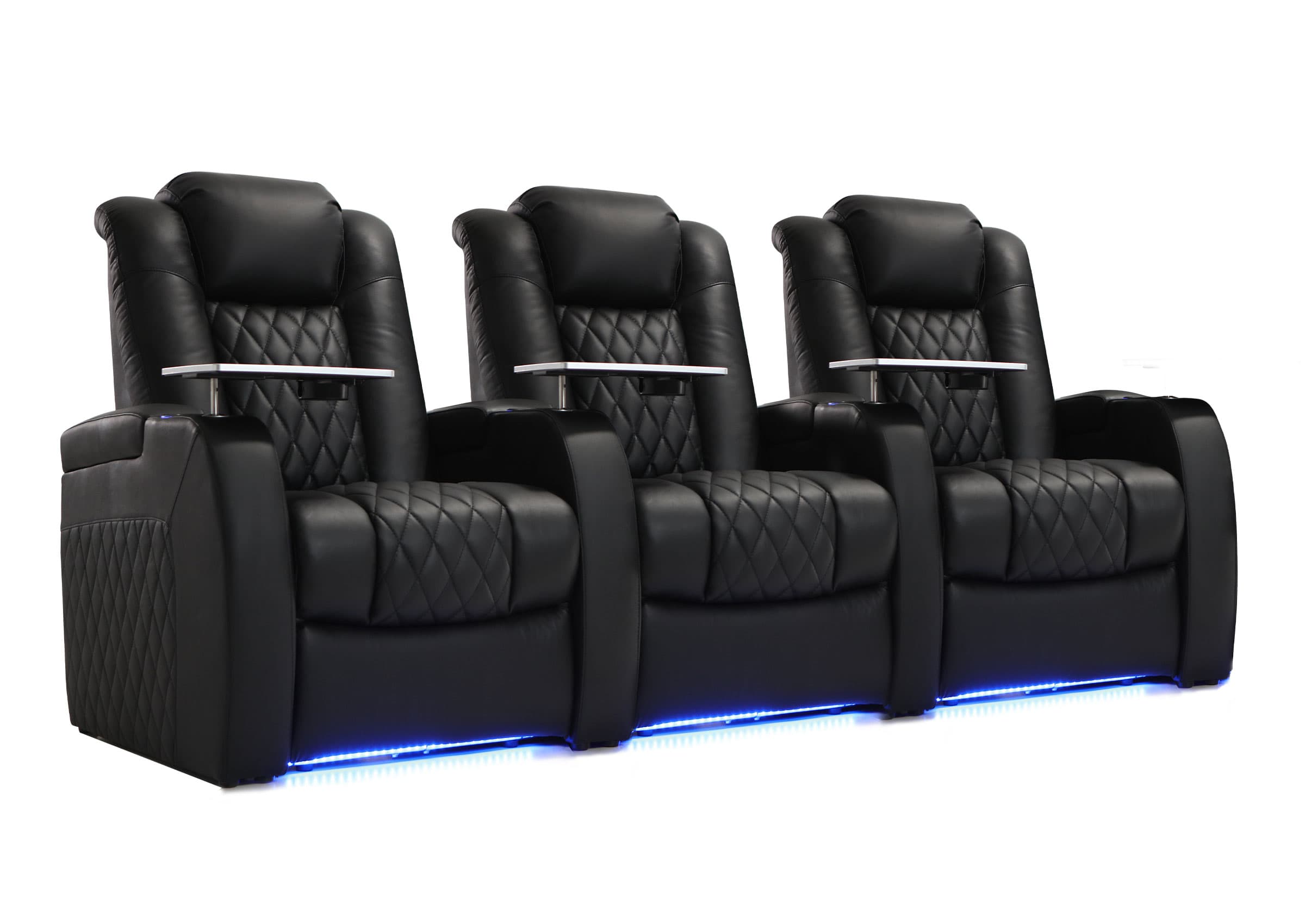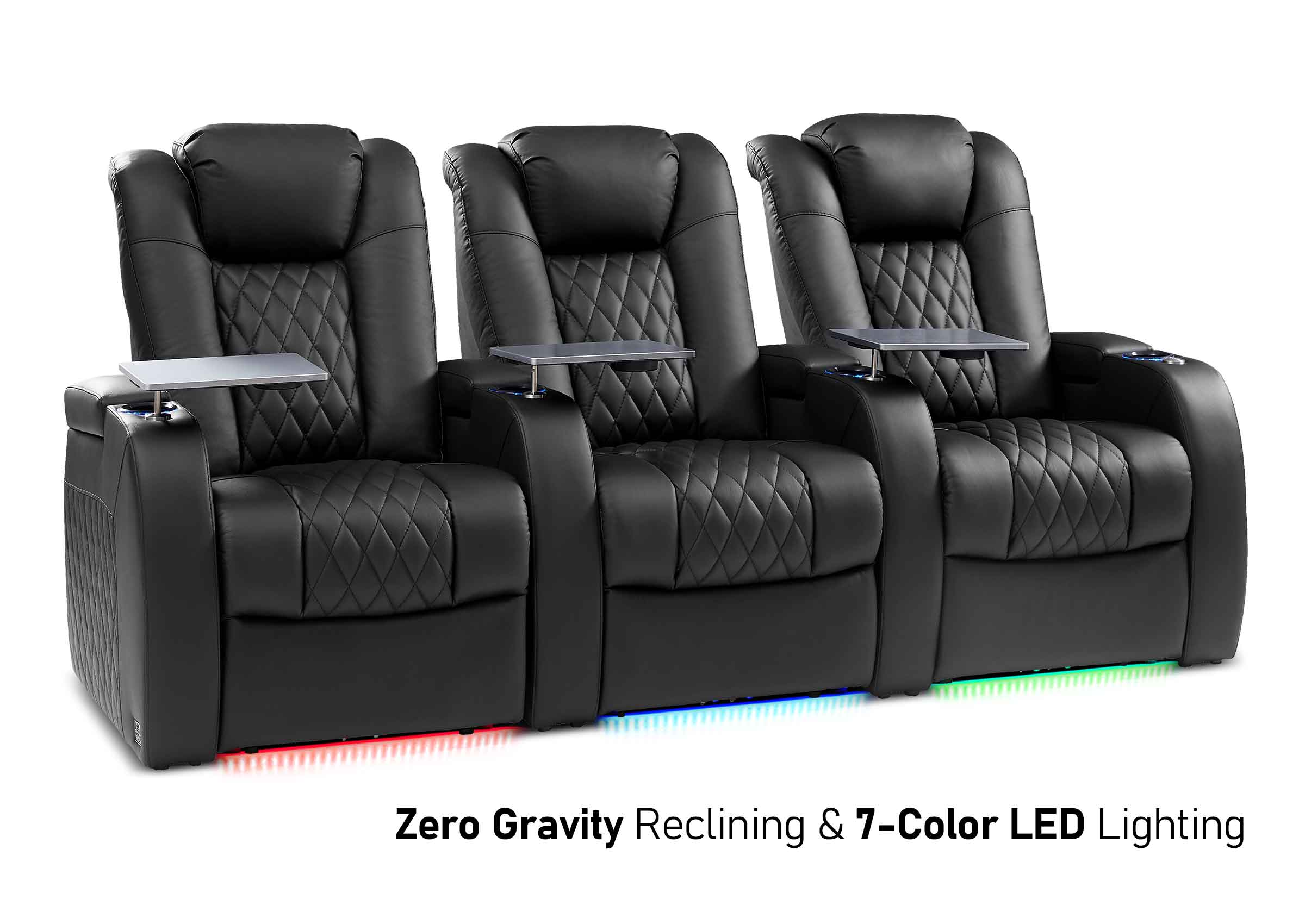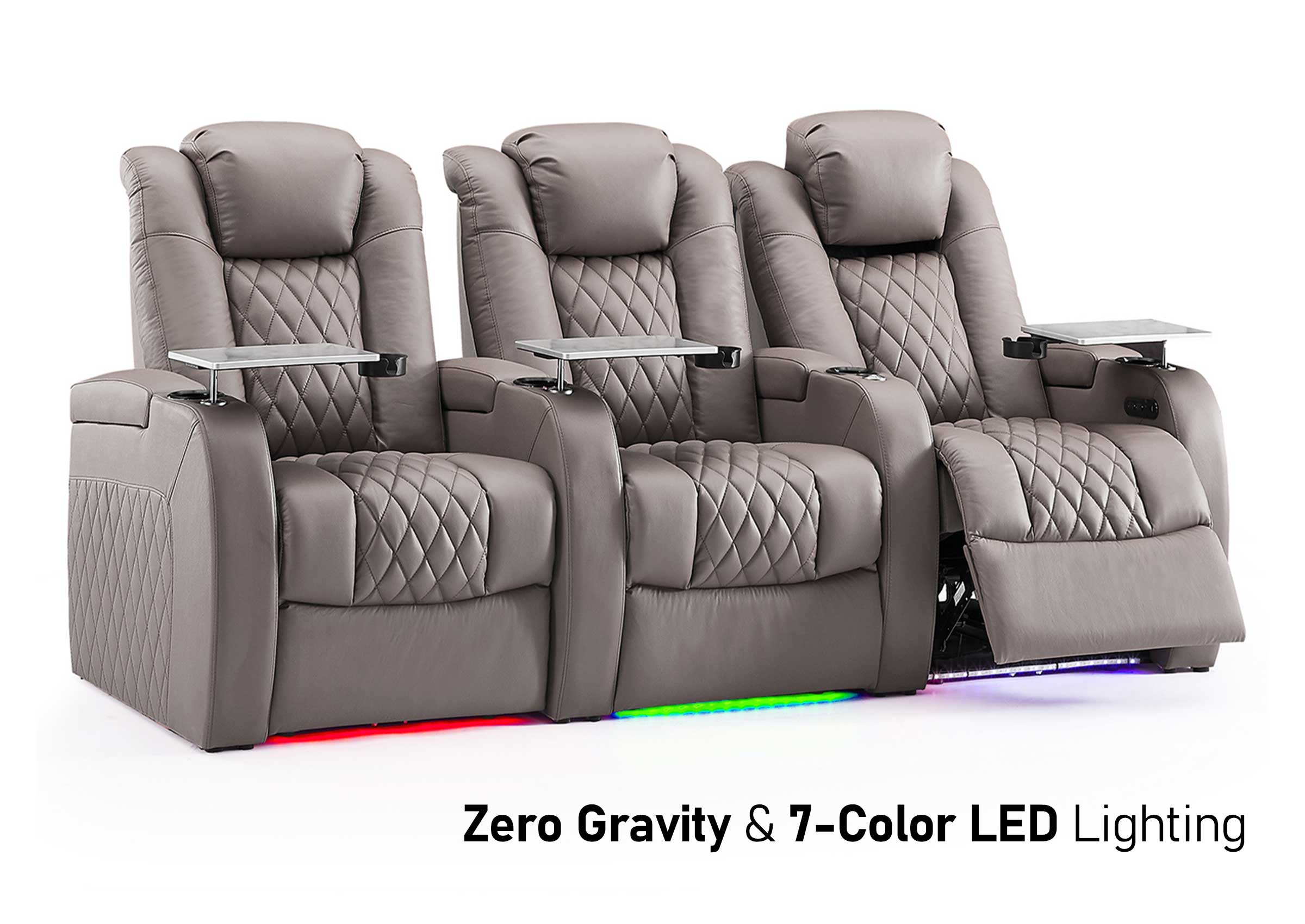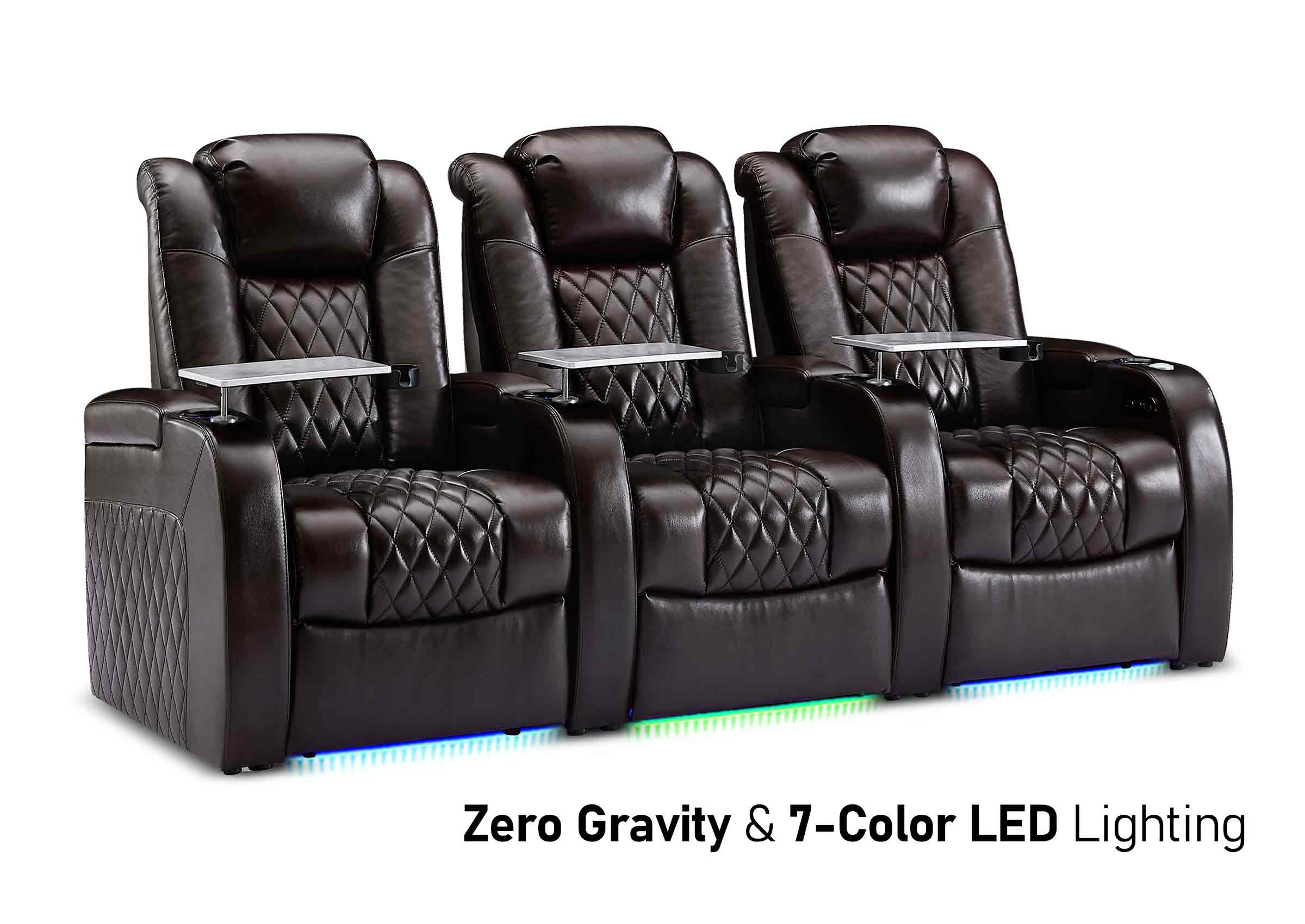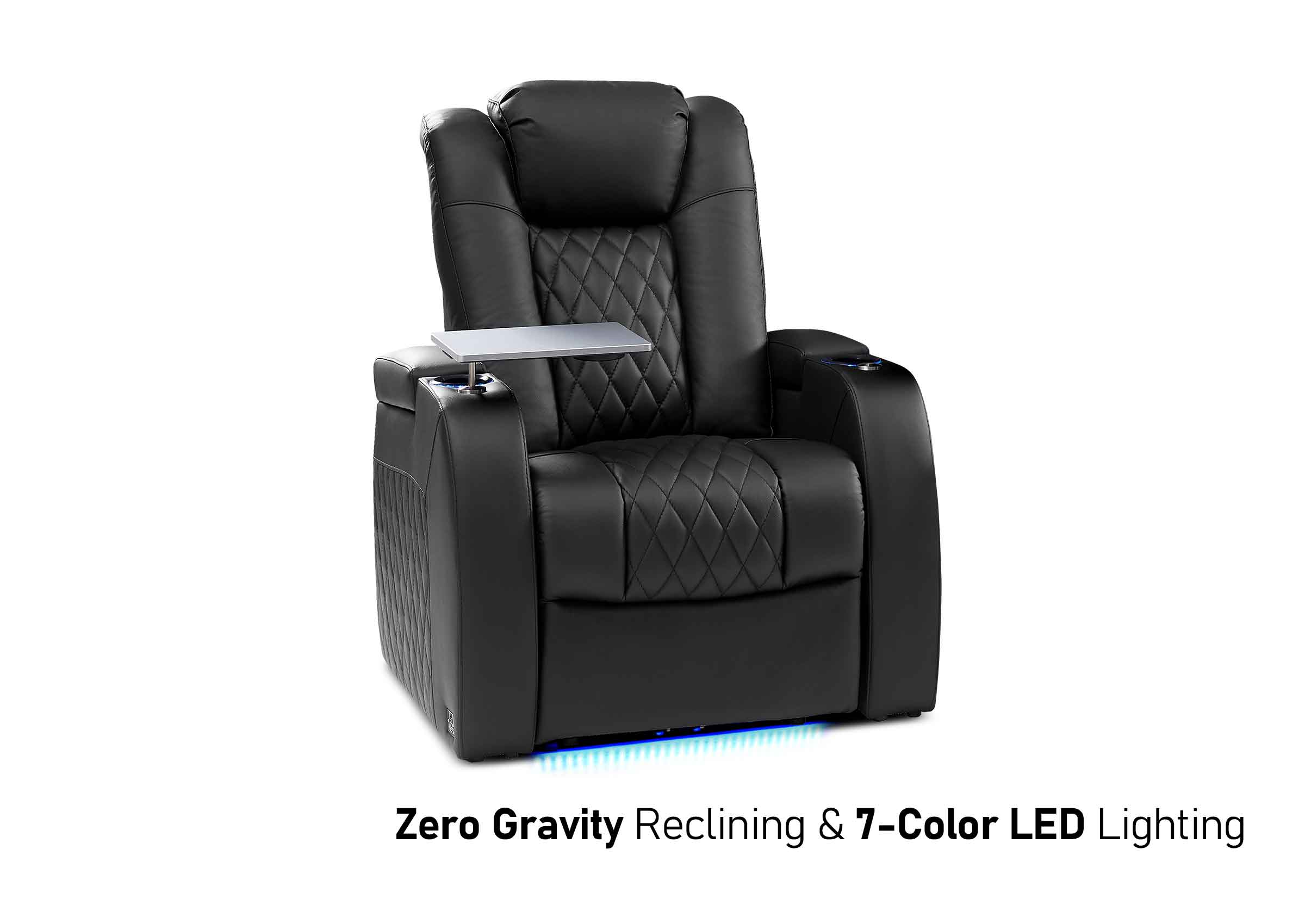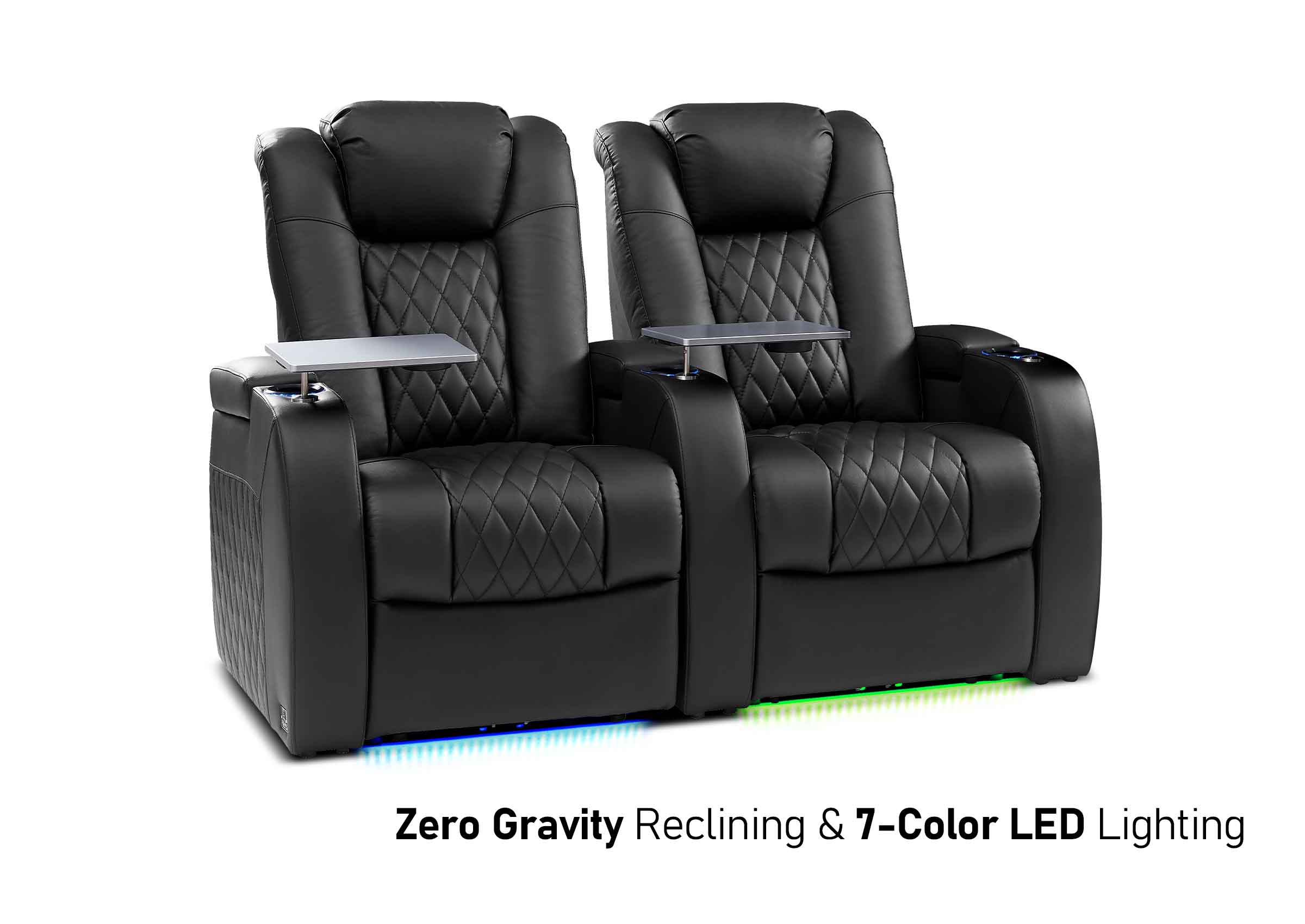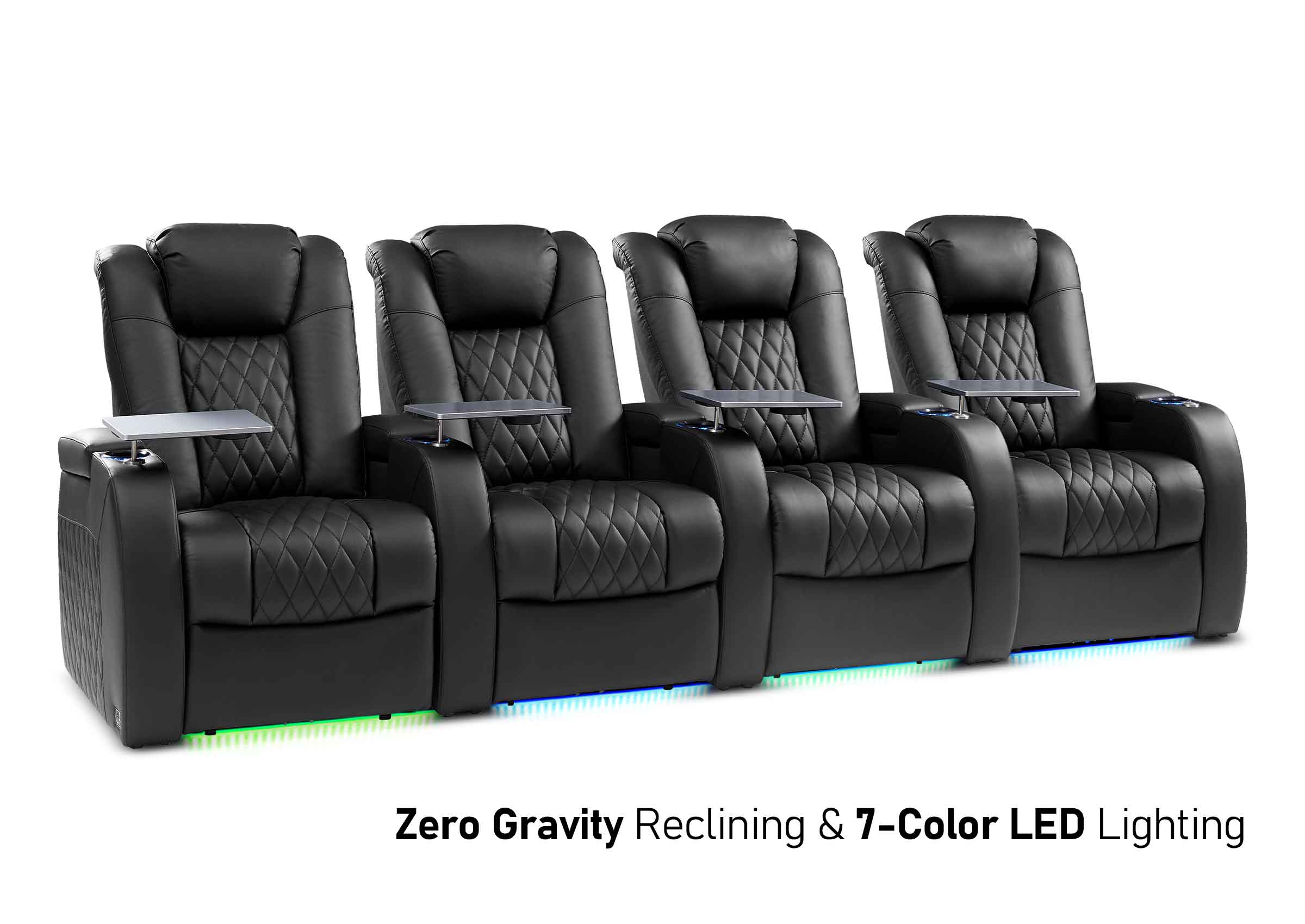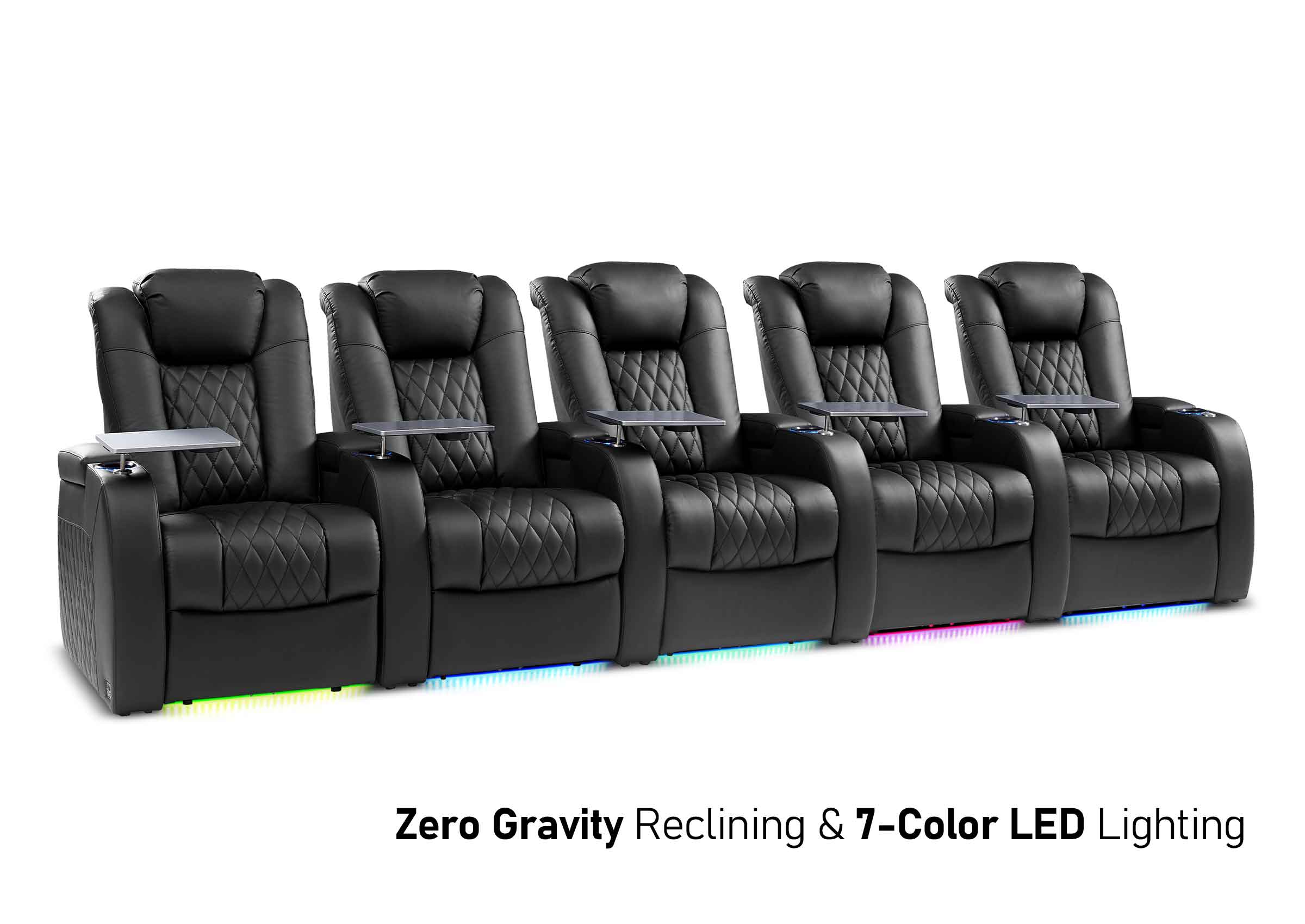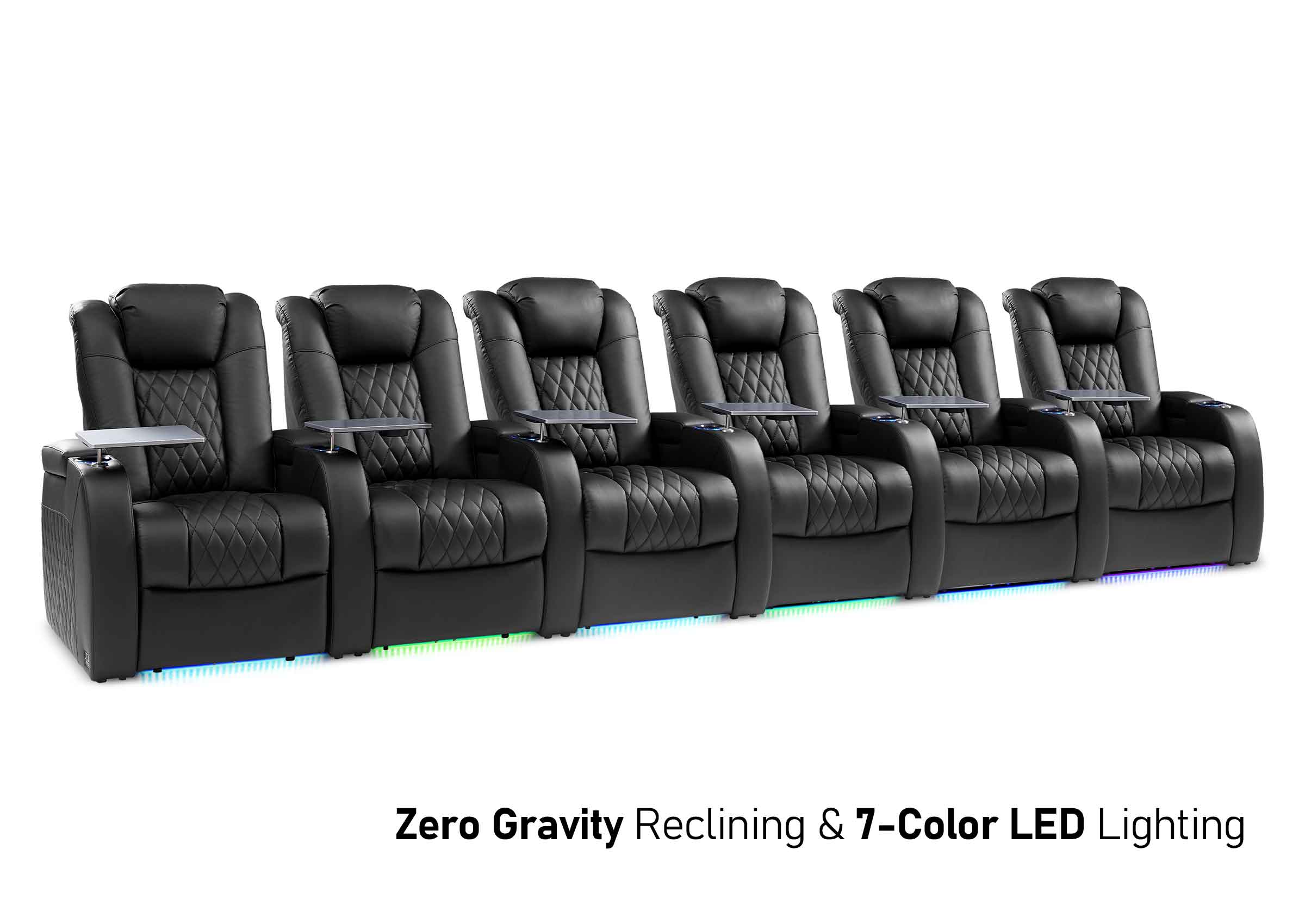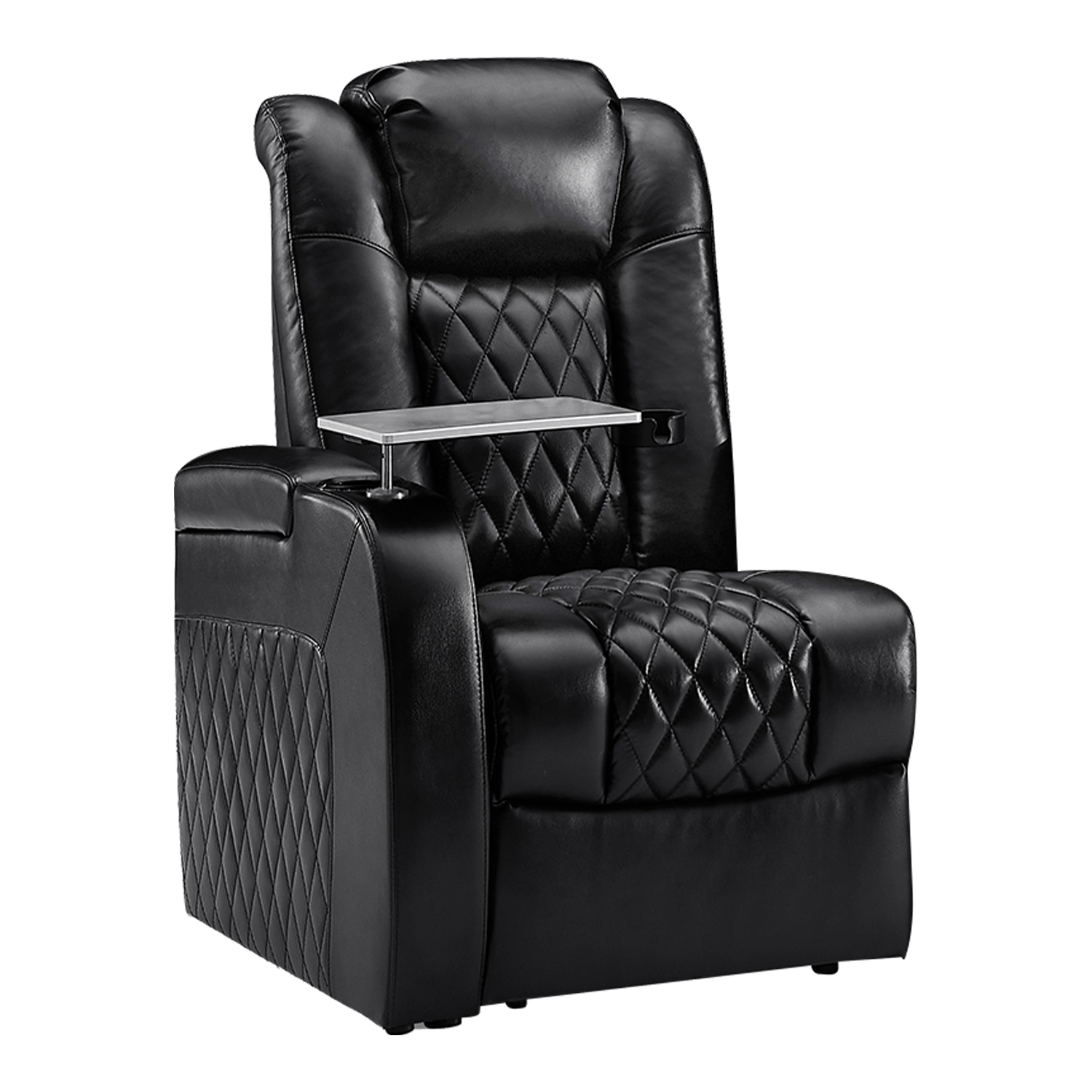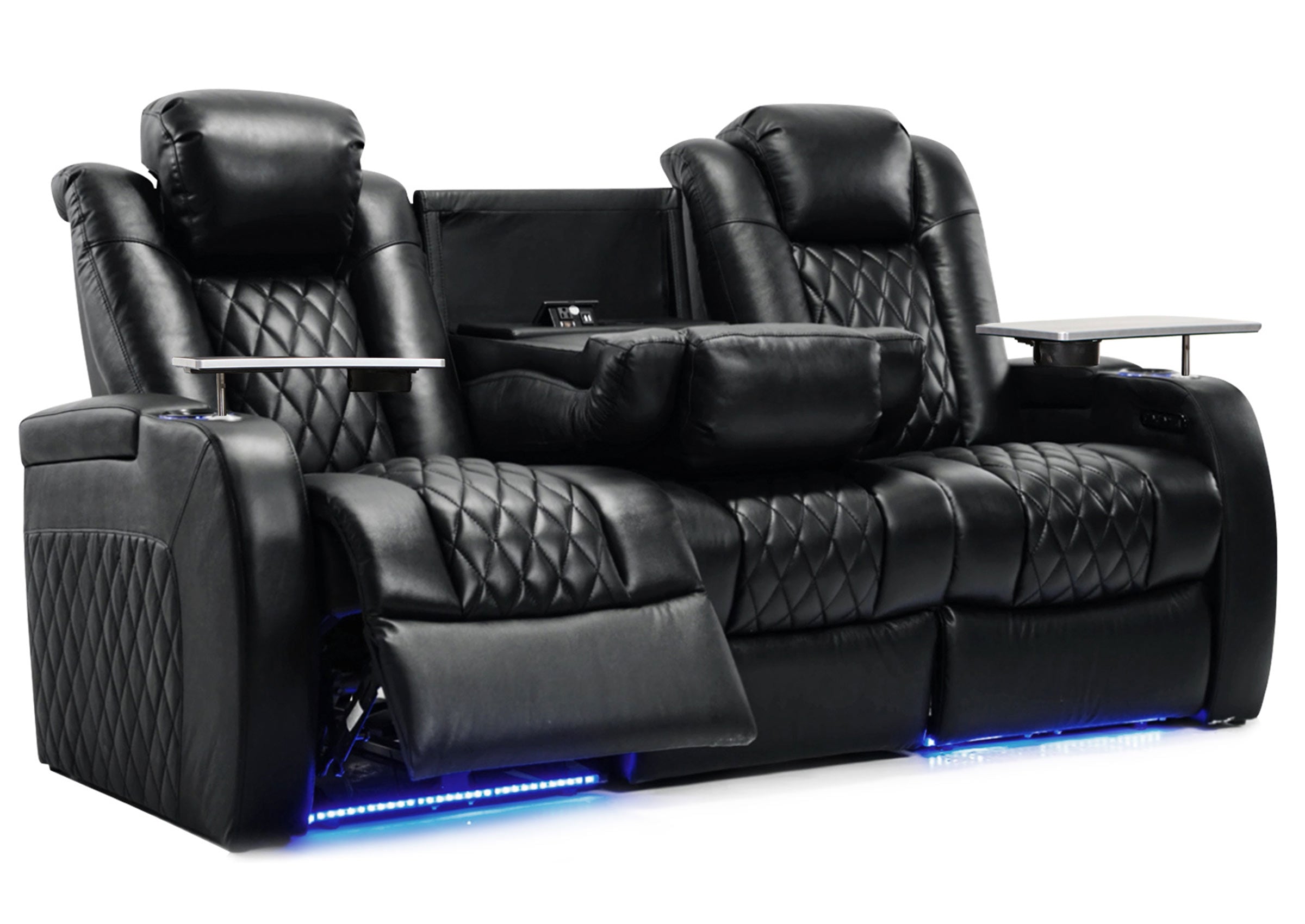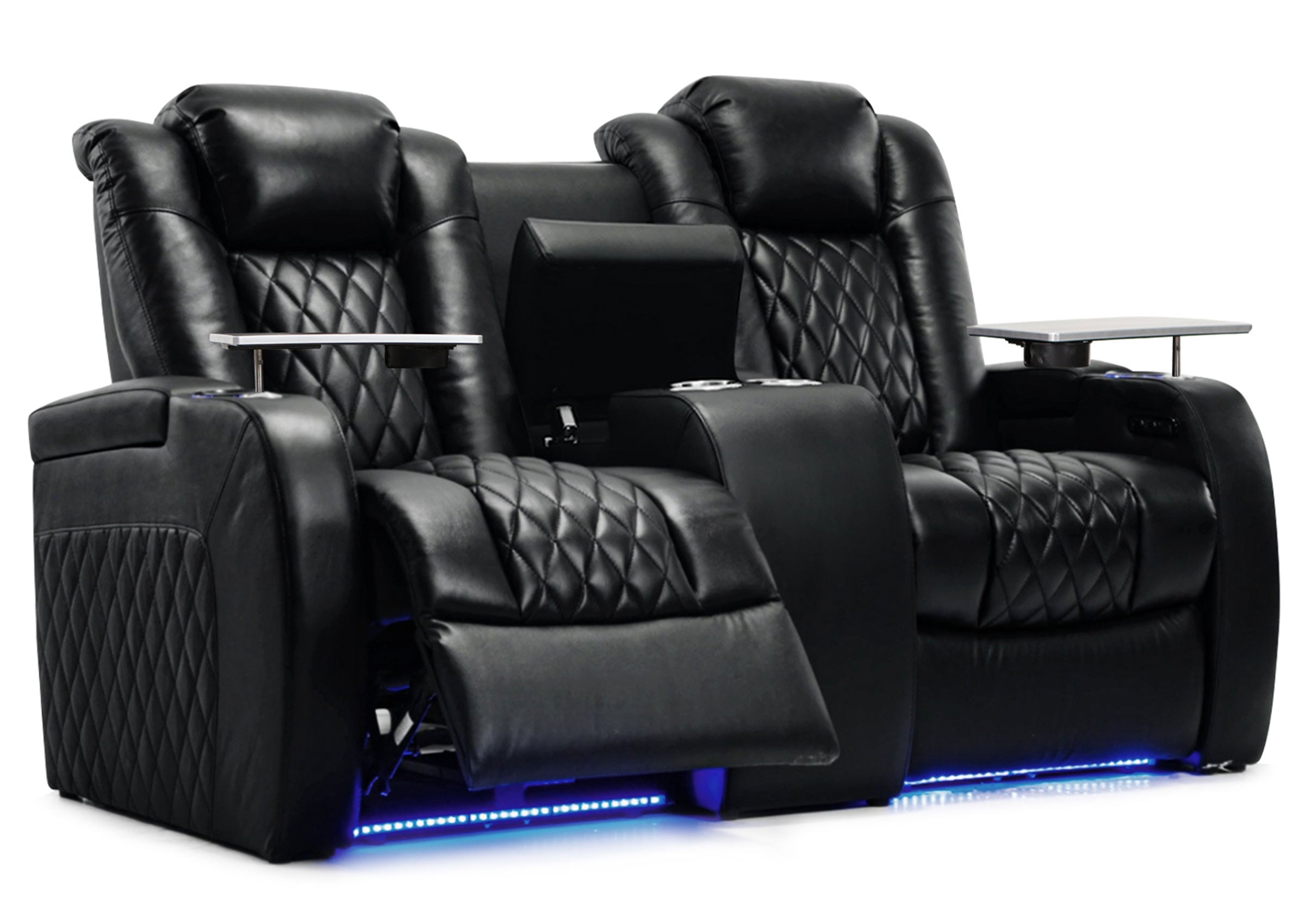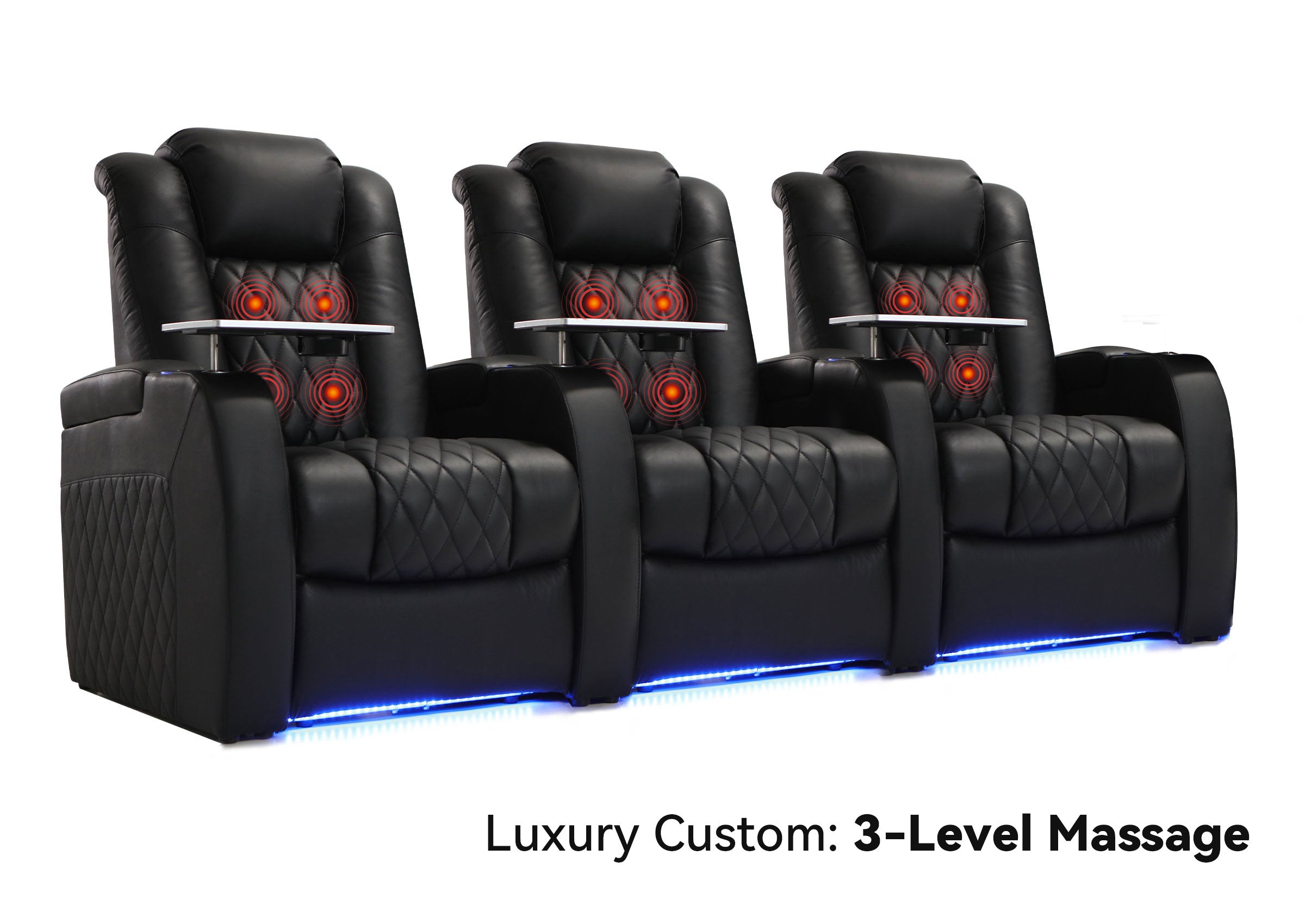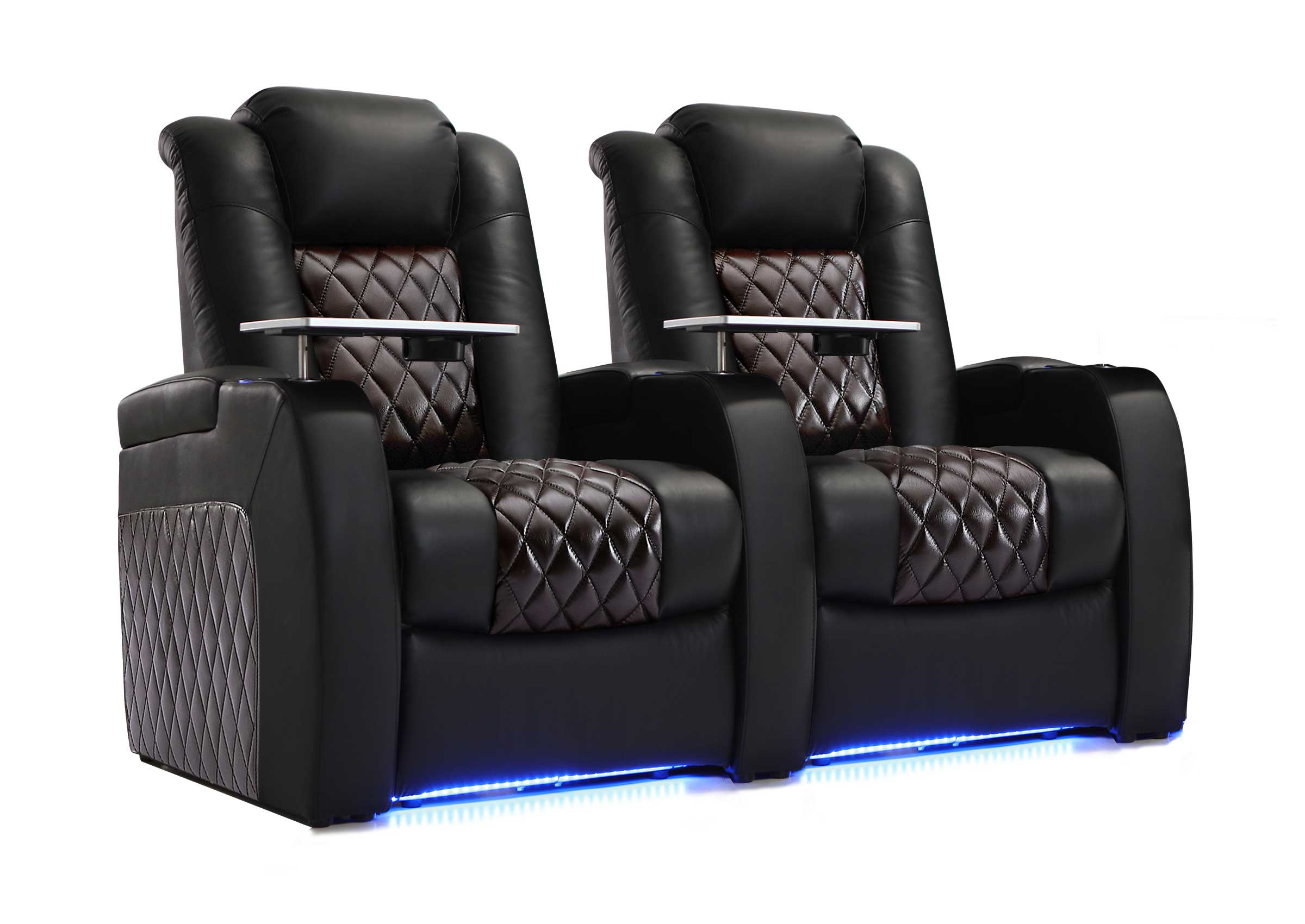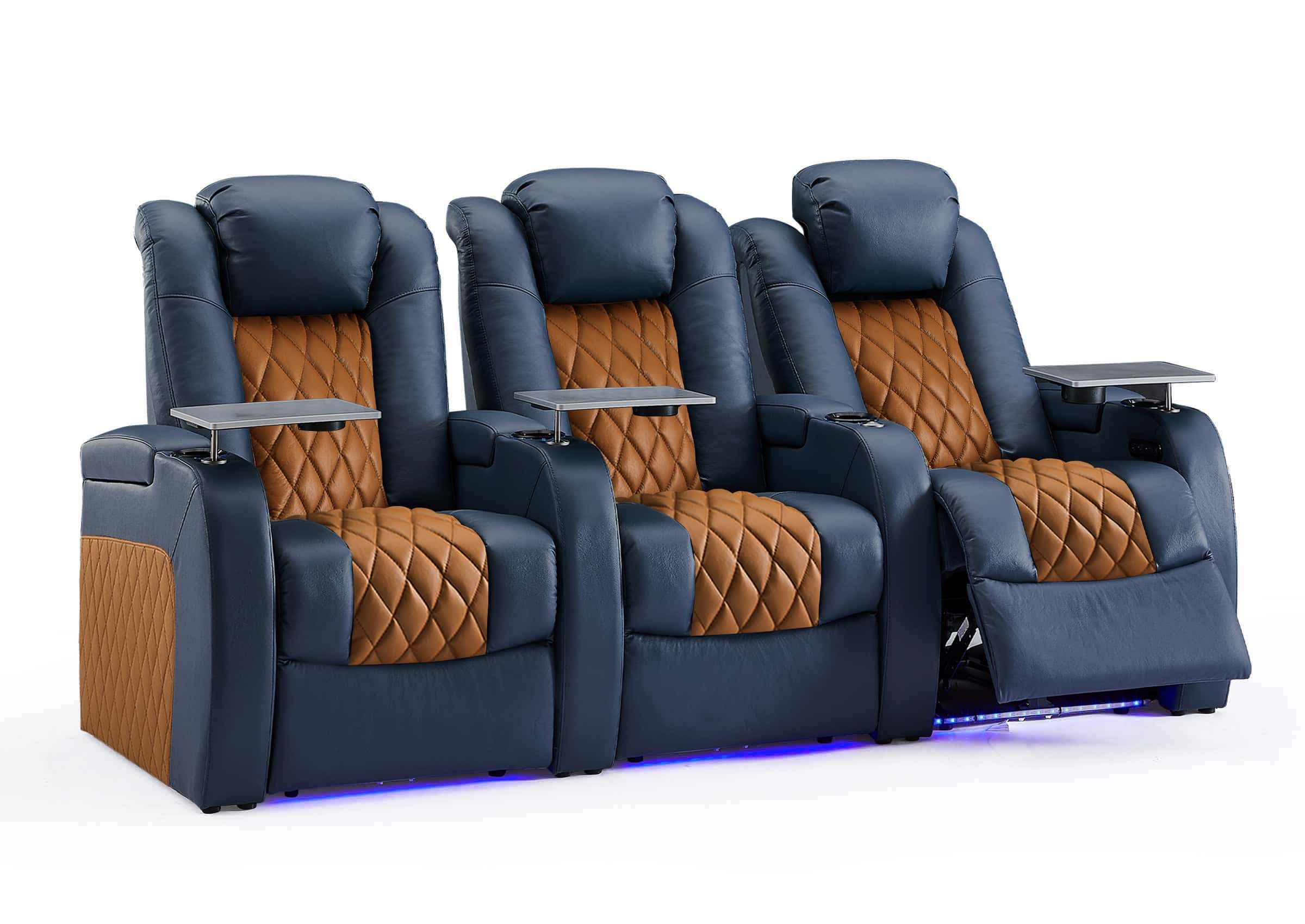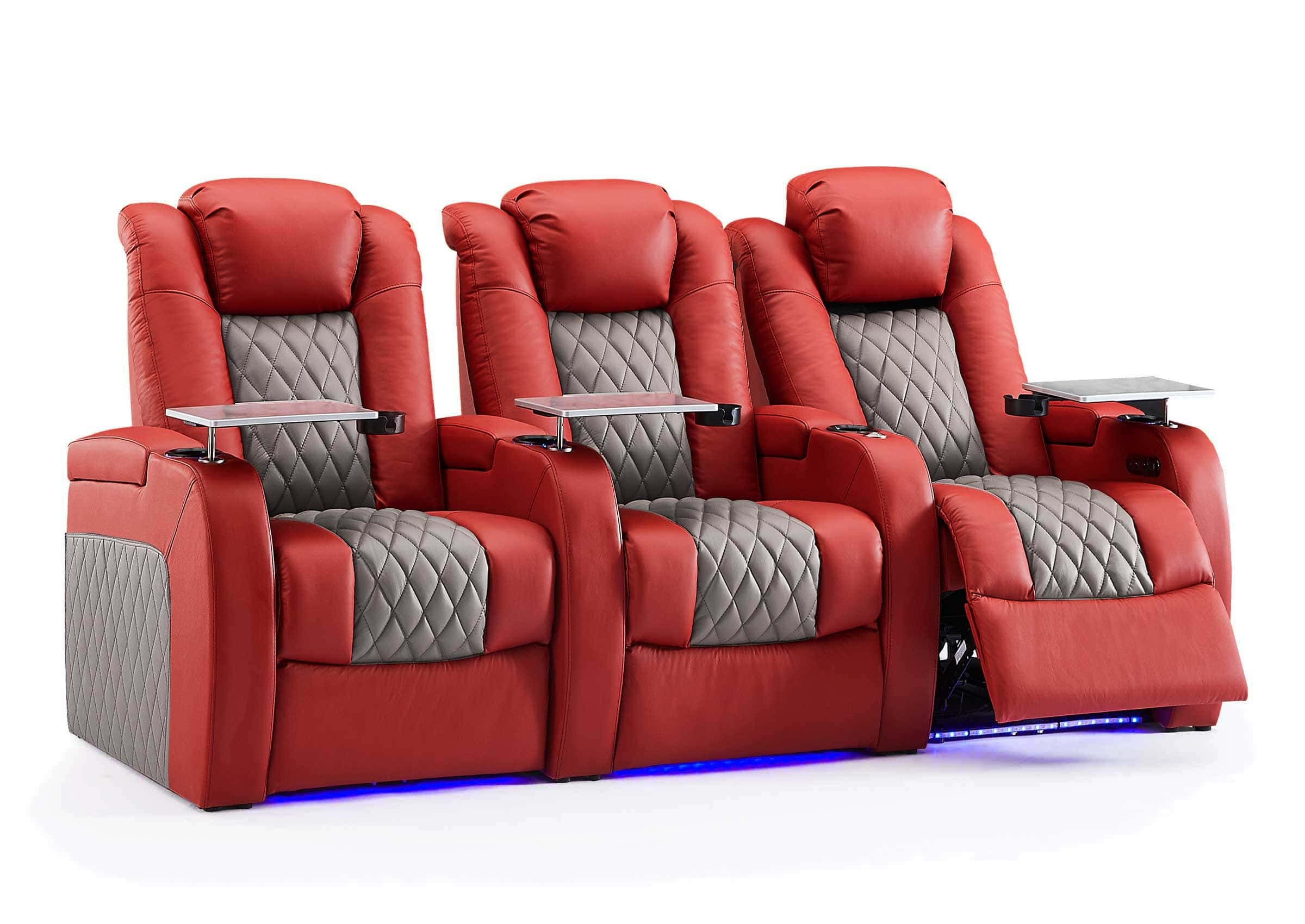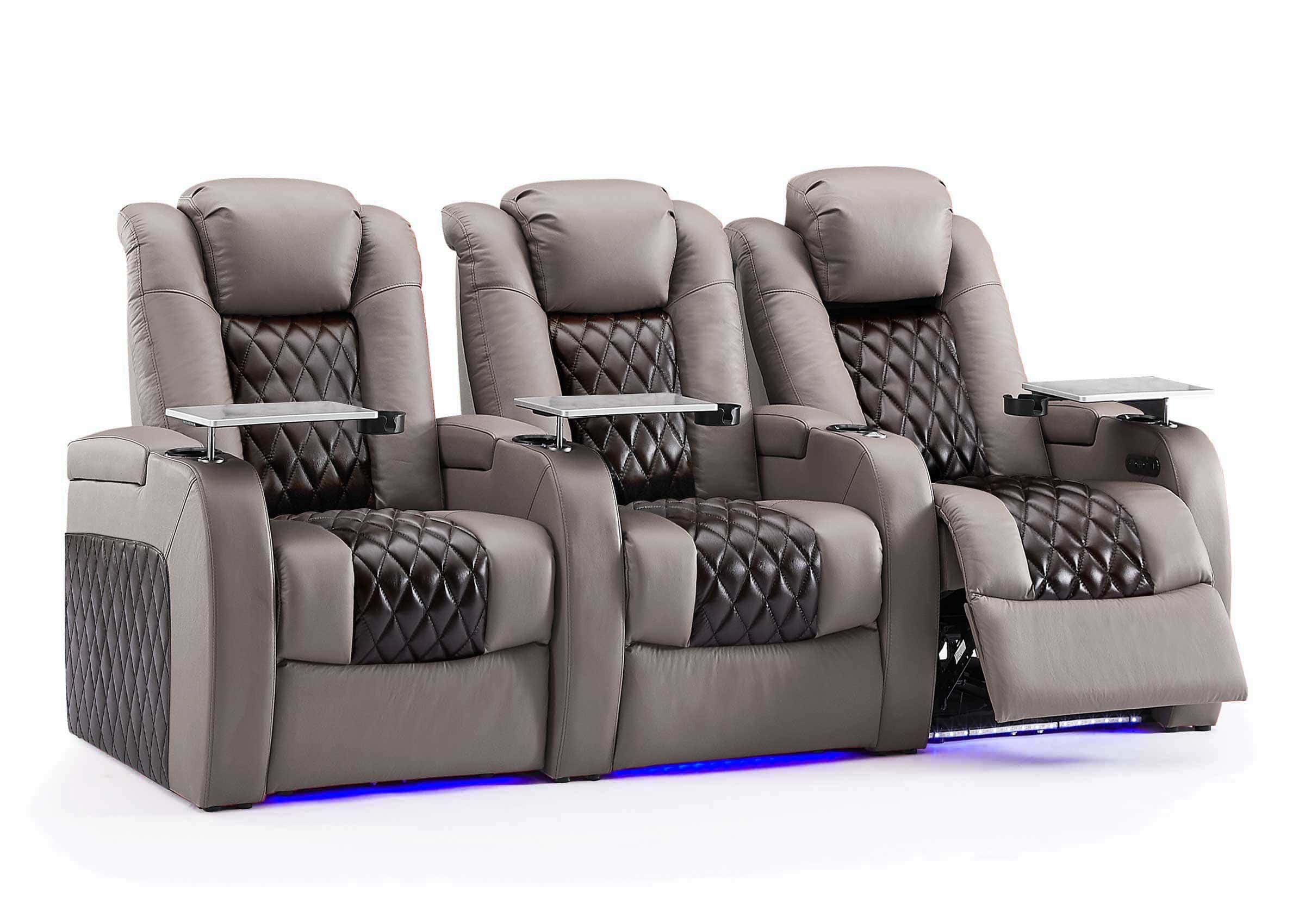
How wonderful it would be to have a private movie paradise in our busy lives! A home theater in the basement provides a perfect opportunity for us to enjoy movies and entertainment in a comfortable environment. Whether you are a movie enthusiast or just like spending quality time with your family and friends, a home theater in the basement is an exciting option. In this article, we will guide you on transforming your basement into a unique home theater to make your movie-viewing experience more wonderful. Next, let's explore the steps of DIY basement home theater together, and create an unforgettable entertainment space for your family!
Steps for DIY Basement Home Theater
A. Space Planning
Ensure the basement is suitable for a home theater by considering factors like seating layout, acoustics design, and equipment placement. Arrange the seats reasonably to align with ergonomic principles for better viewing comfort. In addition, professional acoustic treatment is needed to eliminate echo and noise interference. Regarding cable routing, avoid entanglements and adopt hidden layouts or proper storage to keep the basement tidy.
The layout is the key to home theater design in the basement. If there is enough space in the basement, consider the traditional tiered seating layout. This layout ensures clear view of the screen for all audience and provides comfortable viewing experience.
If space in the basement is limited, consider other layouts. For example, space can be saved by using wall-mounted seats, curved seats or sofas.
B. Walls and Ceilings
When selecting sound-proofing materials for the basement home theater, first consider the sound absorption performance. Generally materials with high density and small holes have better sound absorption effects, such as mineral wool boards and fiberglass. Also pay attention to the sealing performance of materials to prevent sound leakage from gaps. In addition, if condition allows, sound-absorbing panels can be installed on the basement walls and ceilings to enhance the overall sound insulation effect. Finally, reasonable use of carpets and soft furniture can also help reduce sound reflection from the floor and furniture.
When considering lighting and acoustic optimization, we need to balance the relationship between the two. First, determine the purpose and usage scenarios of lighting and acoustics. For example, in basement home theater for movie viewing, lighting can enhance atmosphere while sound system offers better auditory experience. Second, choose suitable lighting equipment and sound systems based on the features of different scenarios. For instance, large home theaters need powerful surround sound systems to meet the audience's needs, while small home theaters require more subtle lighting and smaller audio devices. Lastly, we also need to consider the audience's positions and viewing angles in order to create the optimal visual effects and listening experience for them.
C. Audiovisual Equipment
Choosing high quality projectors and sound systems can ensure the best audiovisual experience in your basement home theater. First, select a high resolution and bright projector to present clear and vivid images. Second, opt for high-end sound systems, including subwoofers and surround sound devices, to deliver immersive audio effects. Also consider purchasing some additional equipment like screens and audio cables to further enhance the viewing experience. In summary, when selecting devices for a basement home theater, it is important to focus on quality so that your investment can generate the greatest returns.
How to properly install and adjust basement home theater equipment?First, ensure good sound insulation effects on the basement walls, ceilings and floors. Then, plan the layout of audiovisual devices like speakers and projectors to avoid interference. Next, connect all devices and make sure the power supply is stable. Finally, adjust image brightness, contrast ratio and colors of the projector, and tune the sound effects of the audio system according to personal preference. Also pay attention to keep the indoor airflow during movie viewing to prevent negative impact on viewing experience.
D. Seats for Basement Home Theater
Compare the pros and cons of different types of seats for basement home theater
- Theater seats: Theater seats usually offer ample space and comfortable armrests to deliver top-notch viewing experience for the audience. The disadvantages are higher prices and larger sizes, making them less ideal for small spaces.
- Bench seats: Bench seats are portable, affordable and easy to store. However, they are less comfortable for long-time viewing which may cause body discomfort.
- Sofa seats: Sofa seats provide higher comfort perfect for home theater. But their viewing angles are more fixed which may not suit everyone's needs.
- Bed seats: Bed seats can also serve as beds, suitable for home theaters. Nonetheless, their viewing angles and comfort are relatively lower.
- Foldable seats: Foldable seats are space-saving and portable for space-constrained home theaters. However, their comfort and viewing angles may be not as good as other types of seats.
Considerations of seat layout and comfort in basement home theater
When arranging home theater seats, consider viewing distance, angles between seats and screen, and space between rows. As good audiovisual experience requires comfortable seats, it is crucial to choose ergonomic seats with proper support and adjustments. Also, the color and material of seats should coordinate with the overall decoration style to create a harmonious viewing environment.
E. Decoration and Ambience
Add suitable lighting and decorative elements to the basement home theater.
Lighting and decorative elements are very important for a basement home theater. Soft lighting can create cozy atmosphere for the audience to easily immerse into the movie world. Also, some decorative pieces like artwork, photos or posters can be added on the walls to increase personality and style. These decor items should match the theme to ensure stylistic consistency.
Seat Selection and Layout for Basement Home Theater
A. Seat Types
For seat types, traditional theater seats typically adopt leather or fabric with comfortable sitting feel and breathability. Comfy sofa beds emphasize lying comfort with soft mattresses and pillows for resting after shows. When picking seat material and color, they can be matched with personal taste and home style. For example, leather seats suit a modern minimalist décor while fabric seats match a cozy country style. In general, seats should balance aesthetics and functionality to offer the best viewing and resting experience.
B. Layout and Space Usage in Basement Home Theater
Seat to screen distance is crucial for home theater layout. Single rows save space, but the viewing can be too close for some. Multiple rows give more personal space but space efficiency can suffer. So choose suitable amounts based on actual situation and needs. Also, seat to screen distance should roughly equal 1.5 times the screen width for optimal viewing experience.
C. Balancing Audio Equipment and Seats in Home Theater Basement
To achieve the best audio effects and prevent seats from compromising sound quality, optimizing seat positions is crucial. Consider installing audio equipment facing the opposite direction of seat locations, or adjusting seat heights to change sound reflection and scattering paths, thereby reducing interference. Also apply sound insulation materials on seats to decrease vibration and noise transfer. Meanwhile, select suitable locations and angles to install audio equipment for optimal sound effects and a more authentic, immersive auditory experience for the audience.

FAQ:
- How to deal with humidity issues in basement home theater?
To tackle humidity issues in basement home theater, first understand the causes, potentially due to poor ventilation, water seepage, unqualified decoration materials, etc. Solutions include: 1. Enhance ventilation and install dehumidifiers & air conditioners. 2. Apply waterproof materials like silicone and gypsum boards. 3. Avoid watching movies on rainy days if possible. 4. Regularly check the water resistance and timely repair when necessary.
- What type of projector is suitable for basement home theater?
Basement home theaters should choose bright DLP or laser projectors. These projectors can project clear and vibrant images with high brightness to perform well even in dim environments. Also consider 3D-enabled projectors for more immersive audiovisual enjoyment. Of course, also factor in budget, brands, etc. to find the optimal projectors.
- What sound-proofing materials are needed for basement home theater?
To achieve satisfactory sound insulation effects, basement home theaters need certain sound-proofing materials. Firstly, install double layer glass windows to block outside noises. Secondly, install sound-absorbing boards on the walls and ceilings to reduce sound reflection. In addition, apply carpets or mats on the floor to decrease noise propagation through vibrations. Lastly, consider using sound-absorbing materials like absorbent cotton or mineral wool to improve acoustics. In summary, properly applying these sound insulation materials during basement home theater decoration can provide audiences with an immersive viewing experience at home.
- How to choose suitable seats for basement home theater?
When selecting seats for basement home theater, first consider comfort and dimensions based on viewing distance, choosing proper seat size and height. Secondly, ensure durable comfort and support through material and design selections. Also factor in seat layouts and space efficiency to coordinate with other home theater equipment placements. Finally, pay attention to product quality and after-sales service when purchasing seats for long-term use.
- Does seat layout affect visual and auditory experience in basement home theater?
Yes, seat layout can affect visual and auditory experience. In home theaters, seat positions should be adjusted based on screen size, projector distance and personal preference for optimal viewing angles and audio effects throughout the shows. Also seat heights need proper adjusting to prevent neck strain or eye fatigue. Lying chairs or cushions

